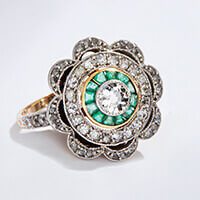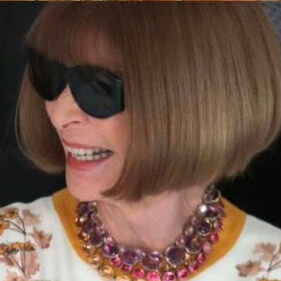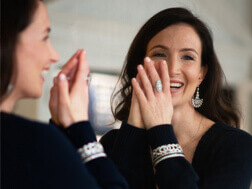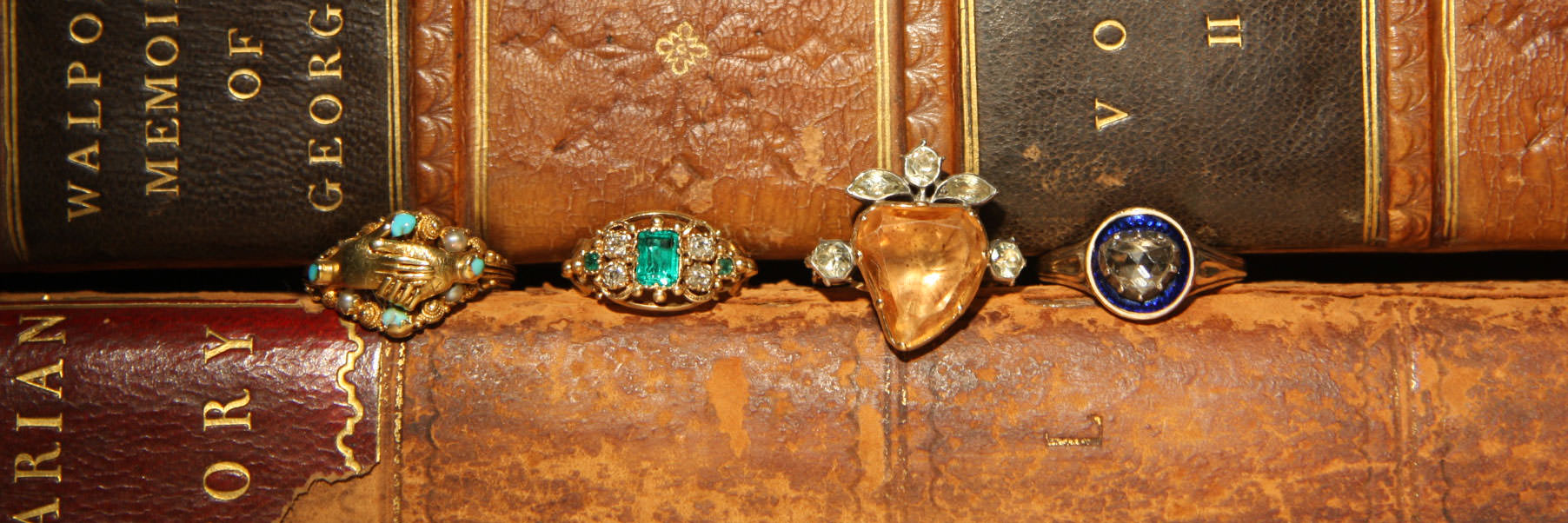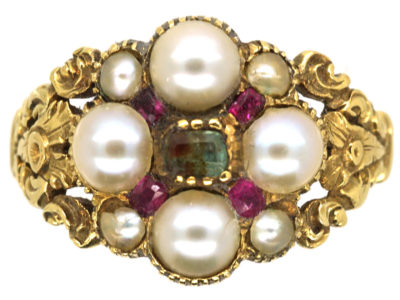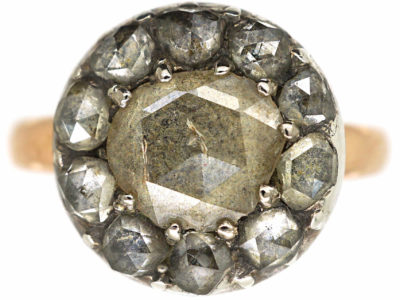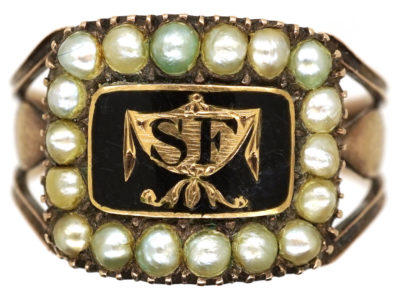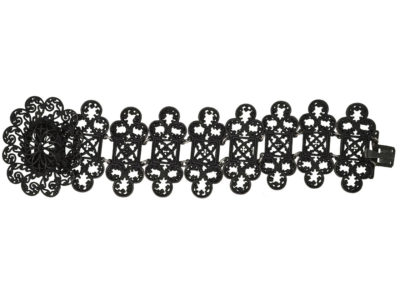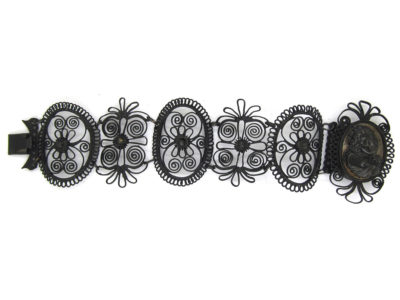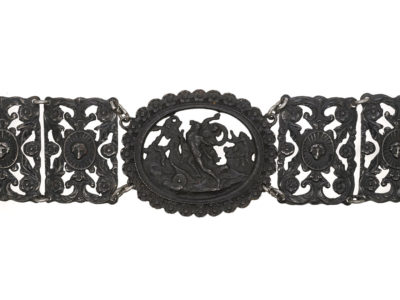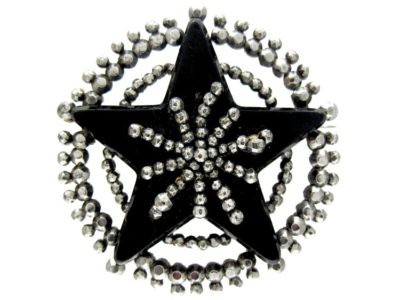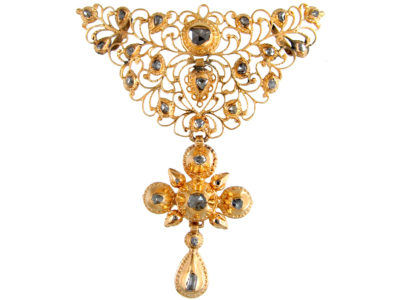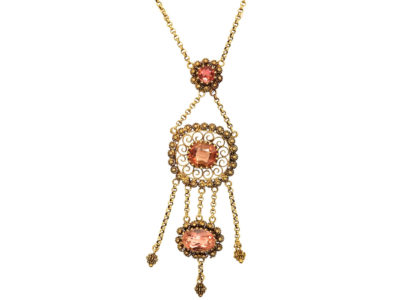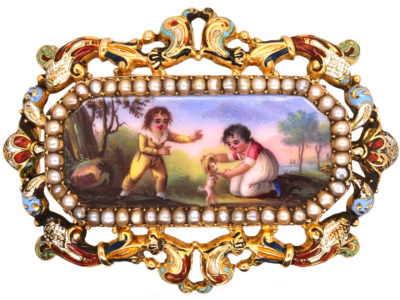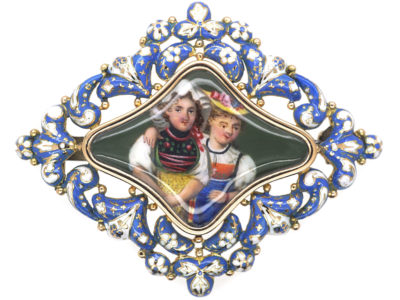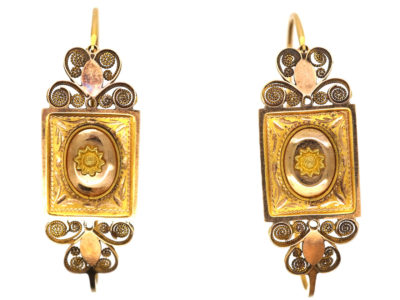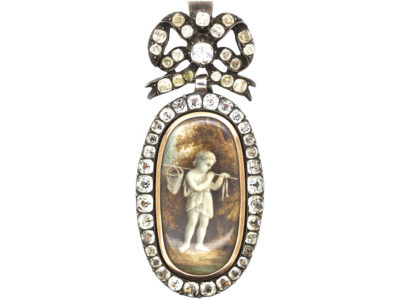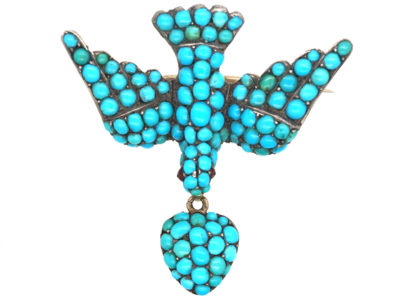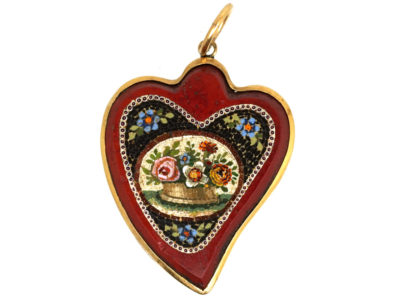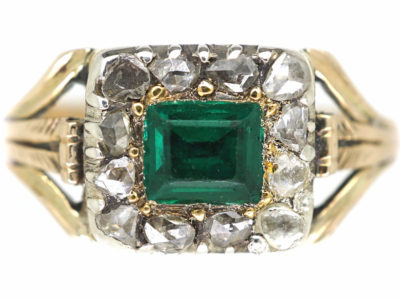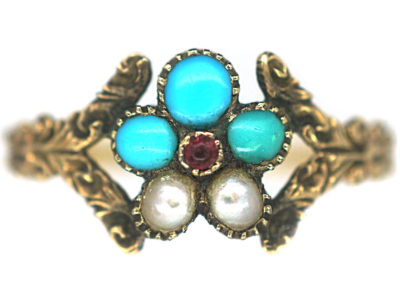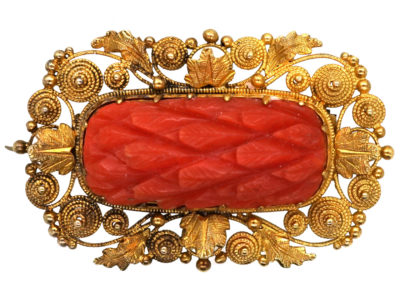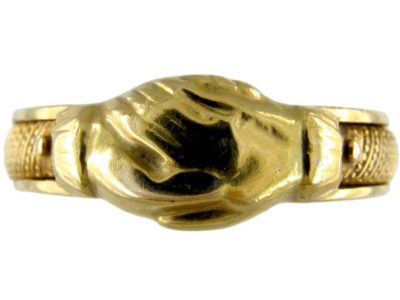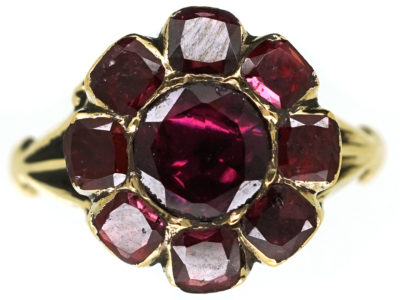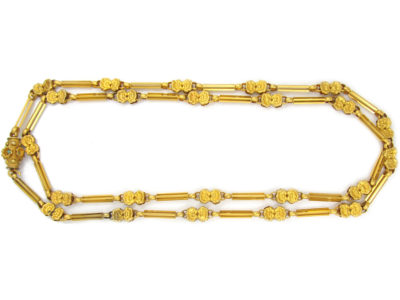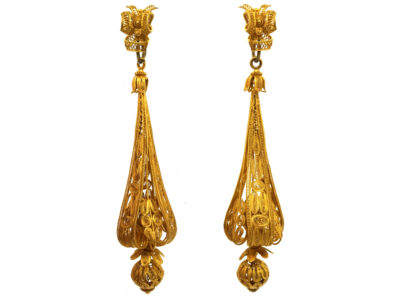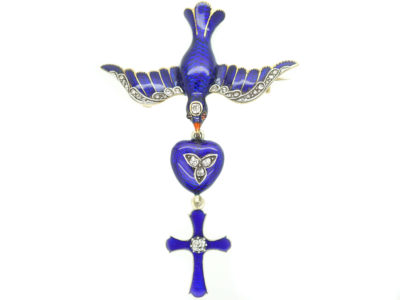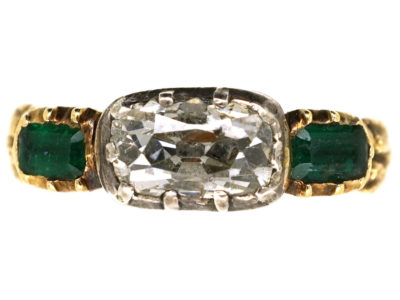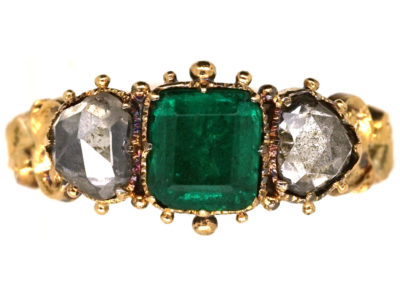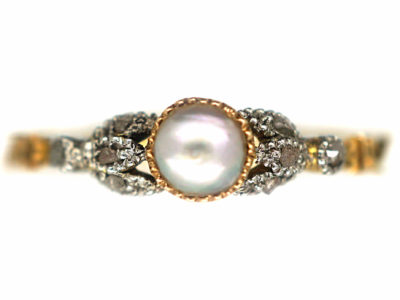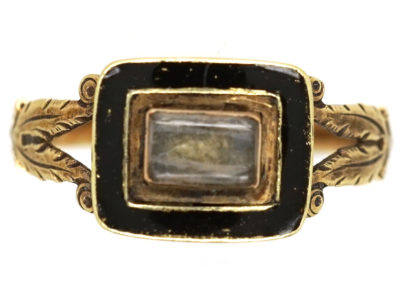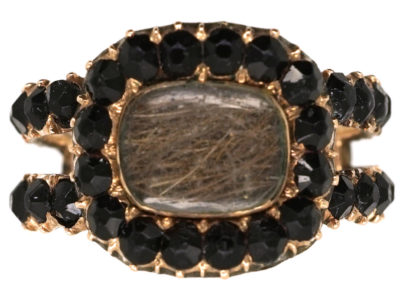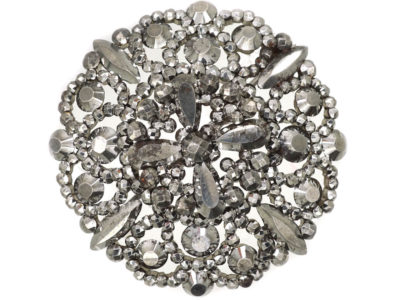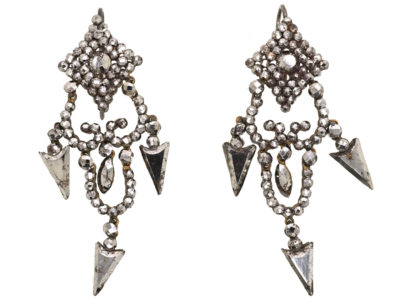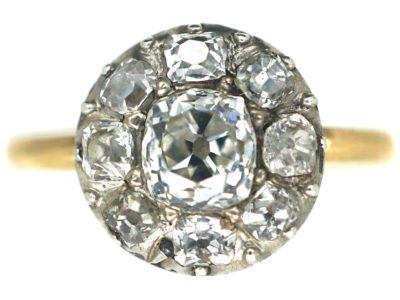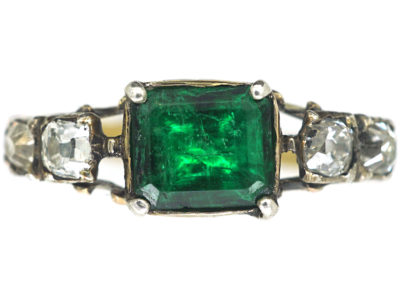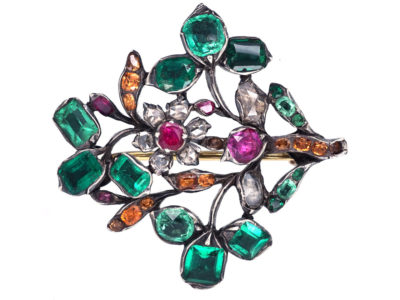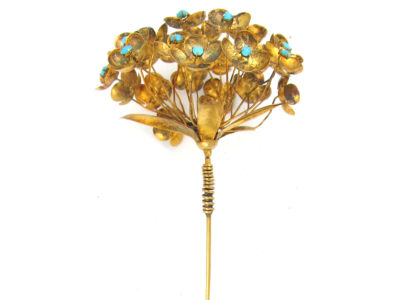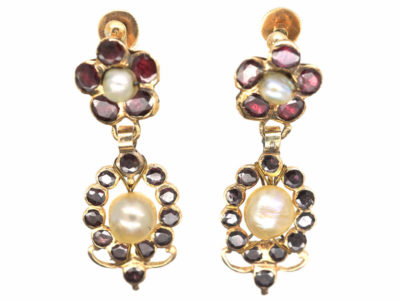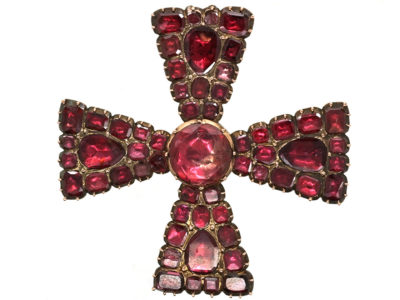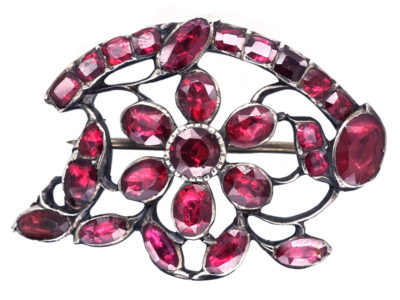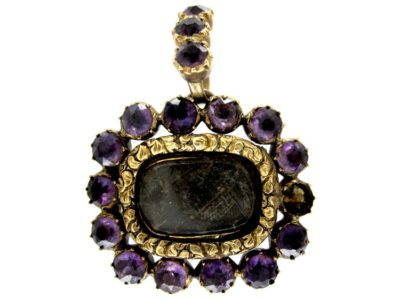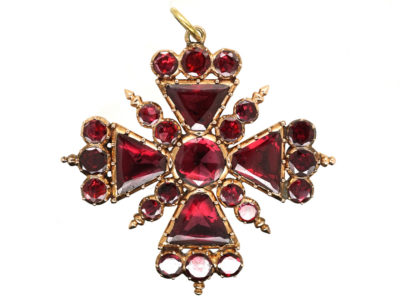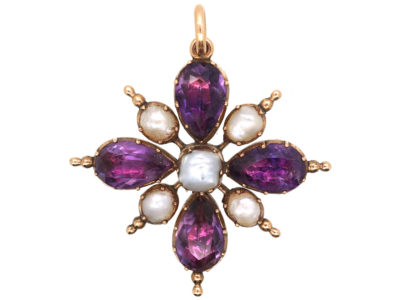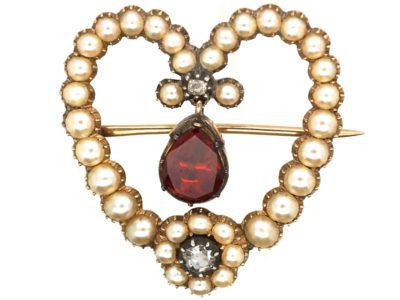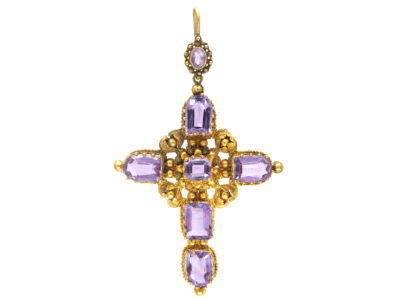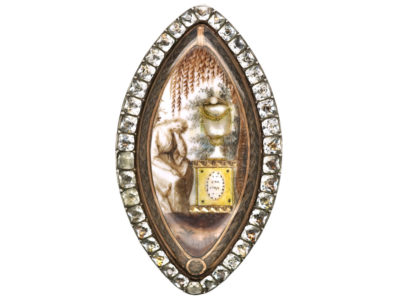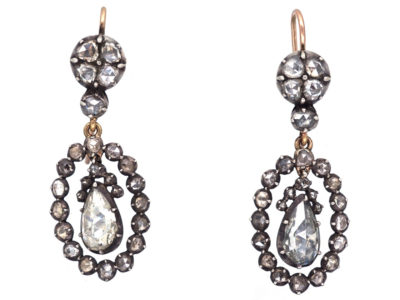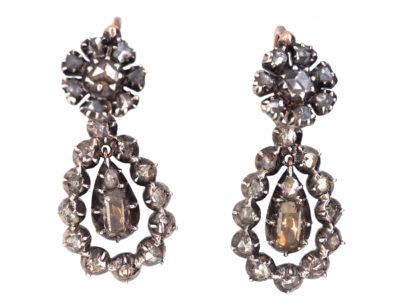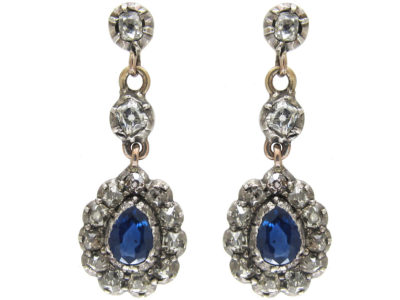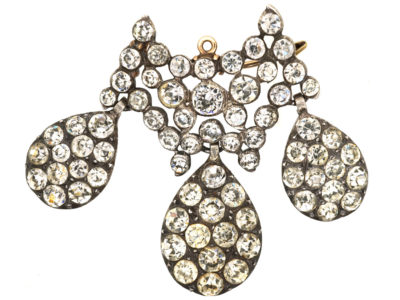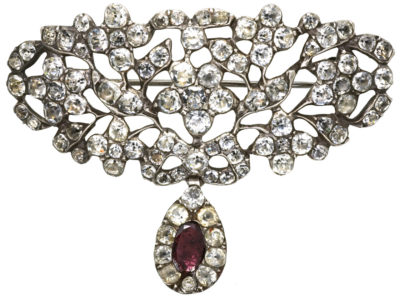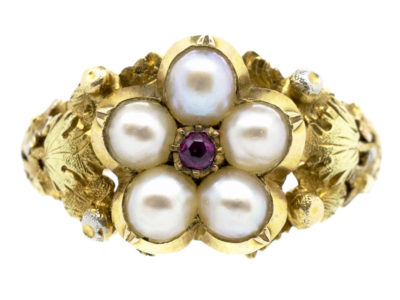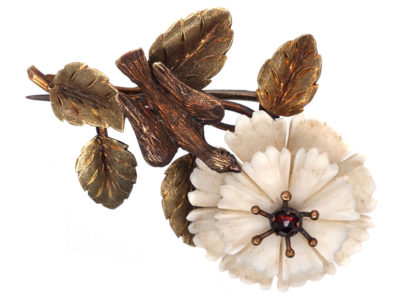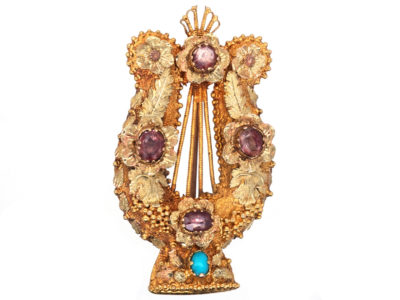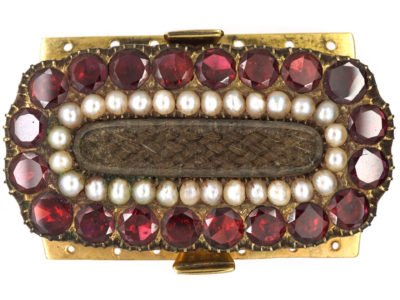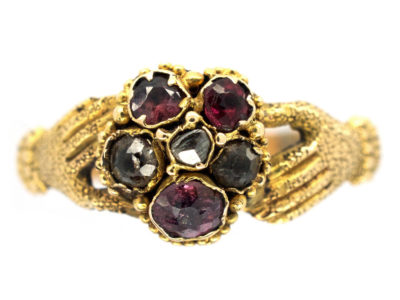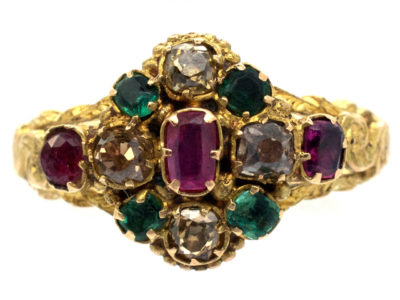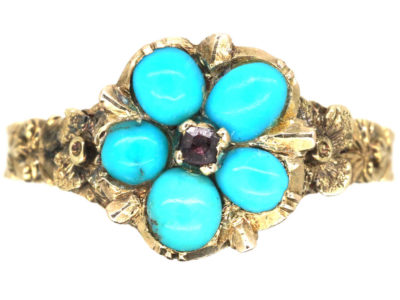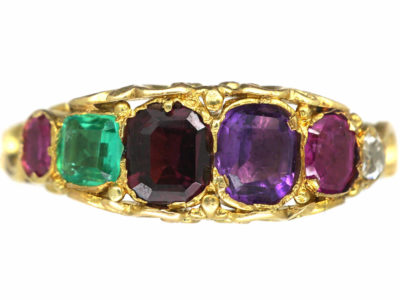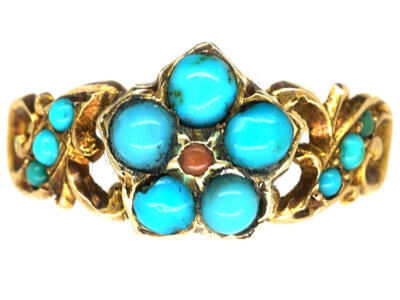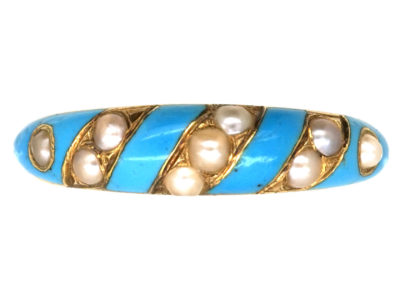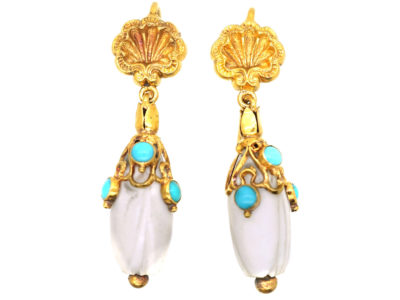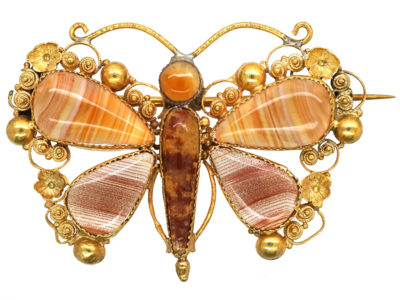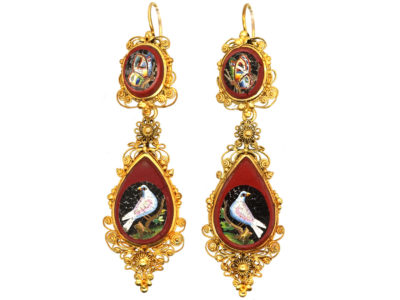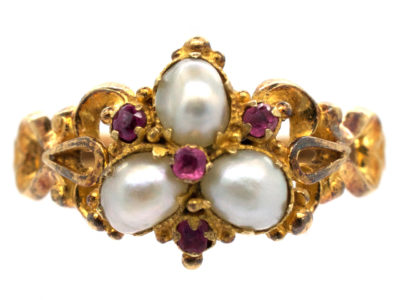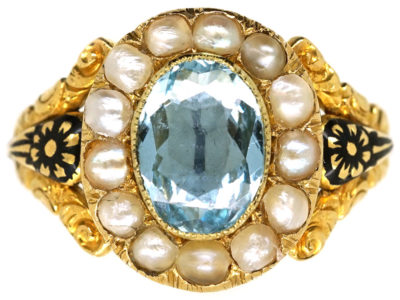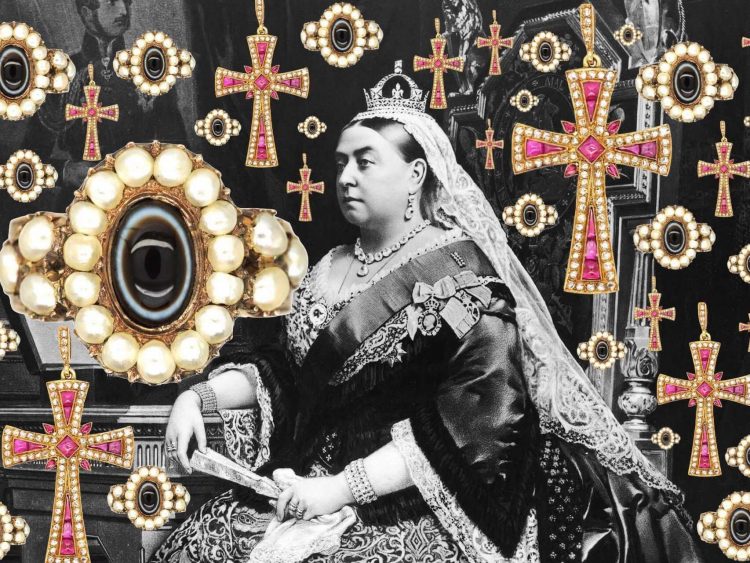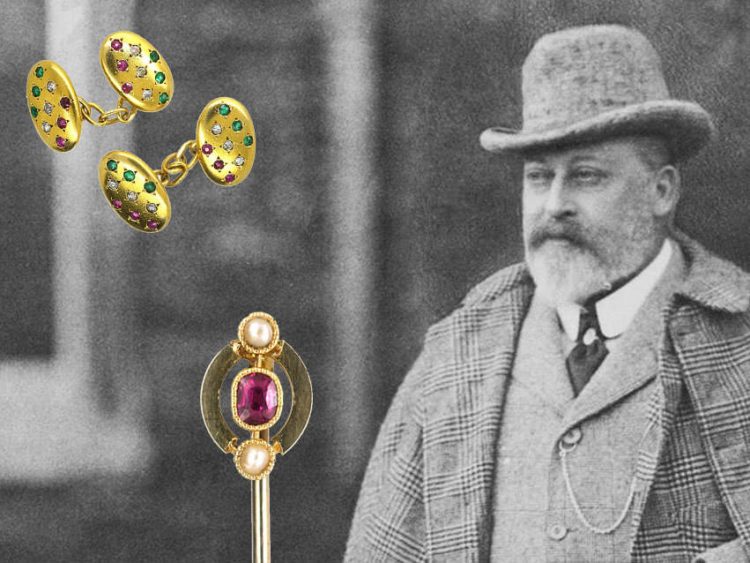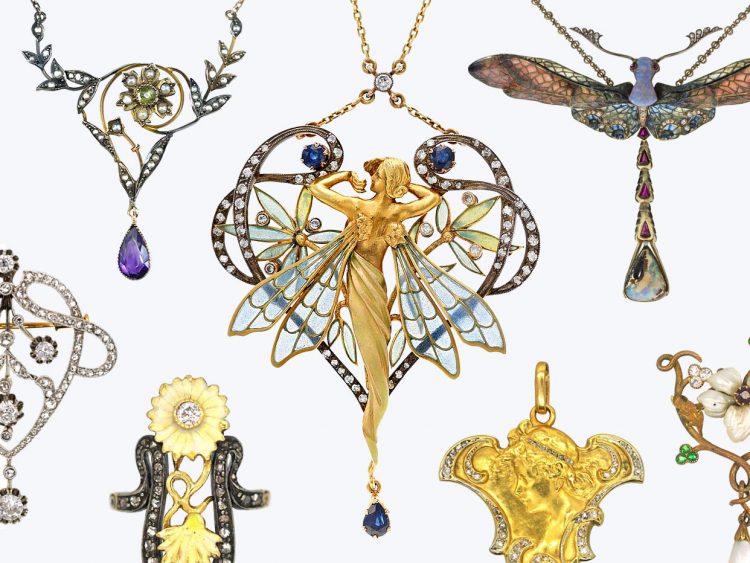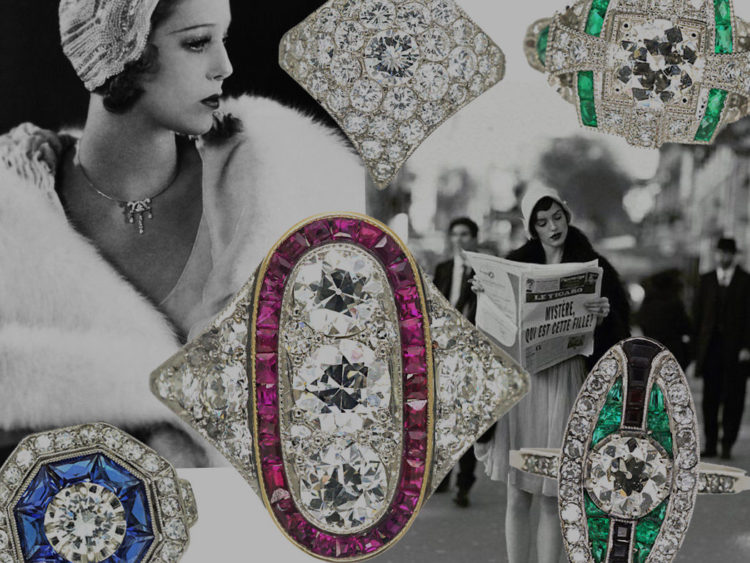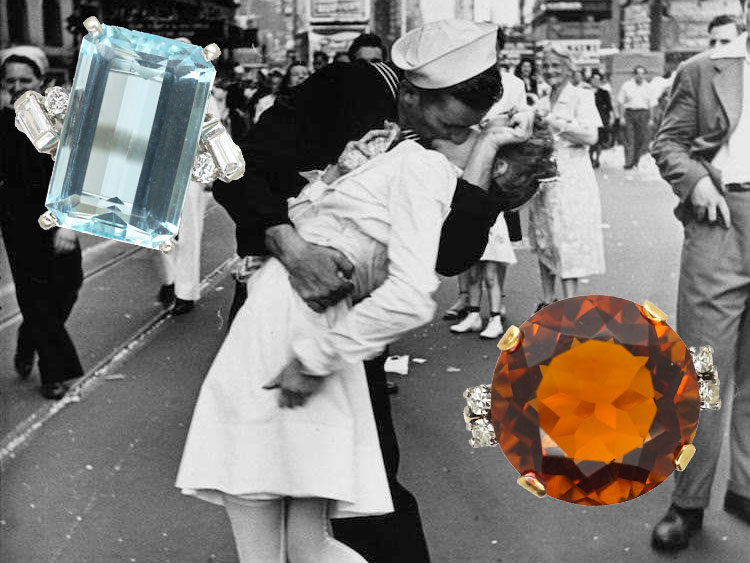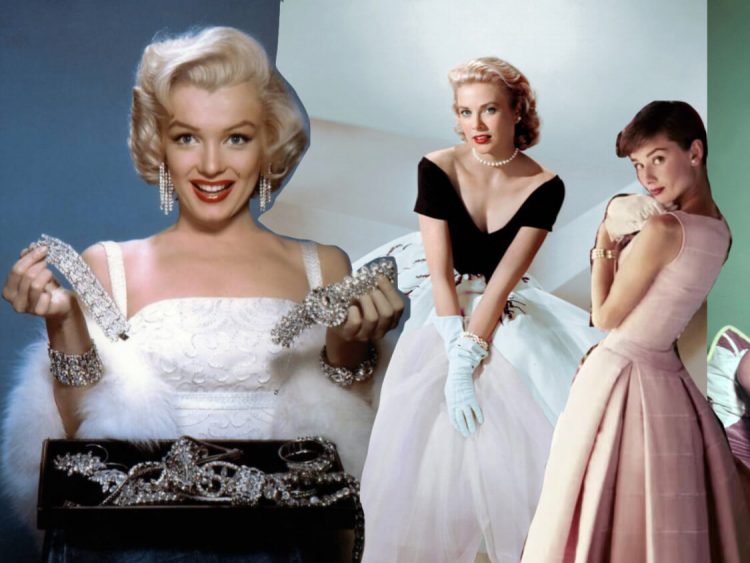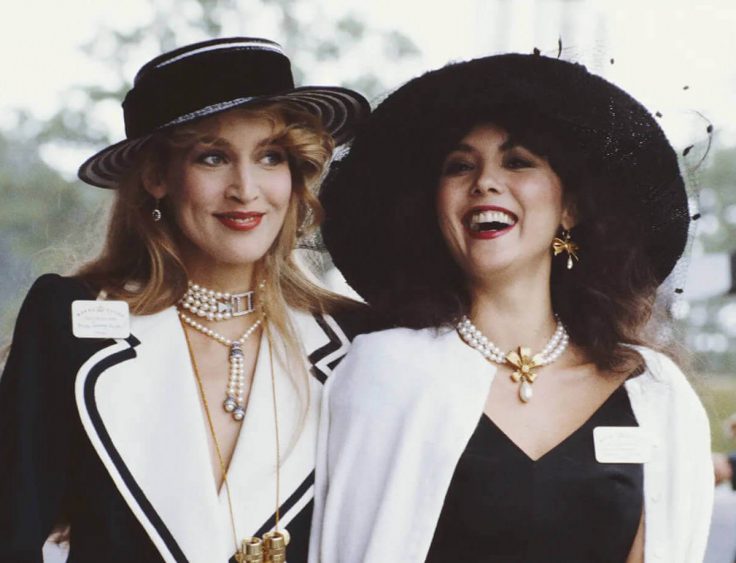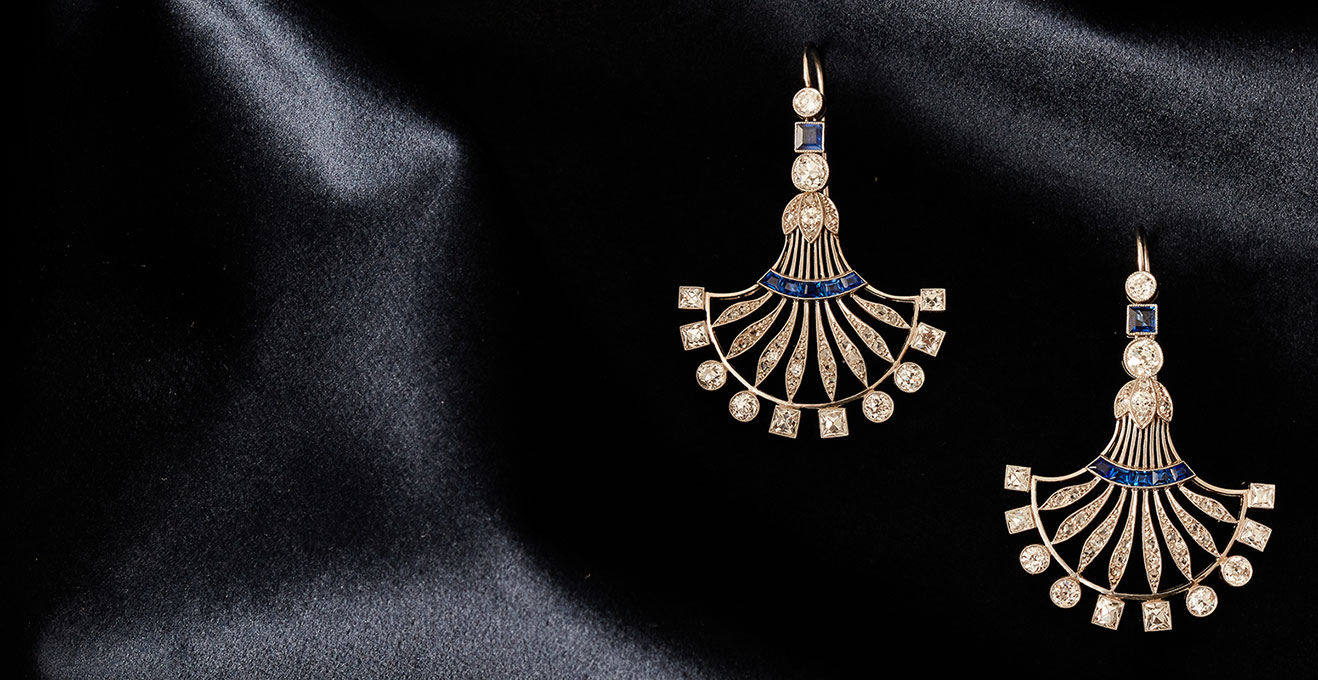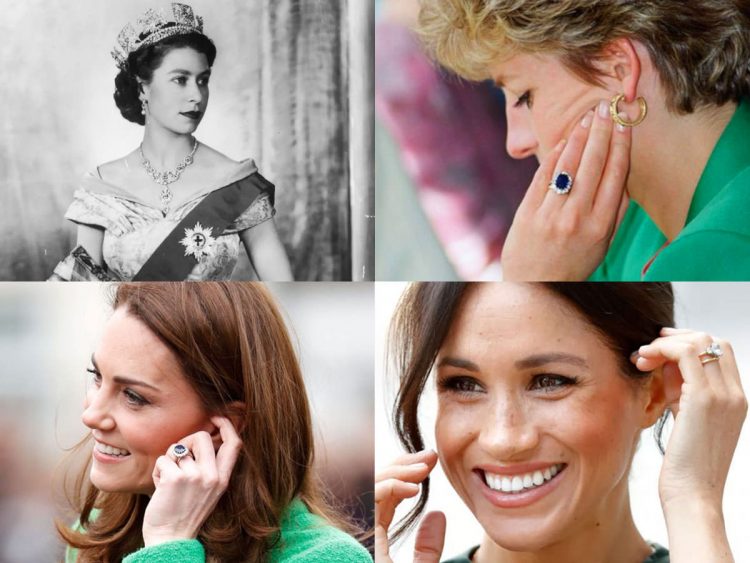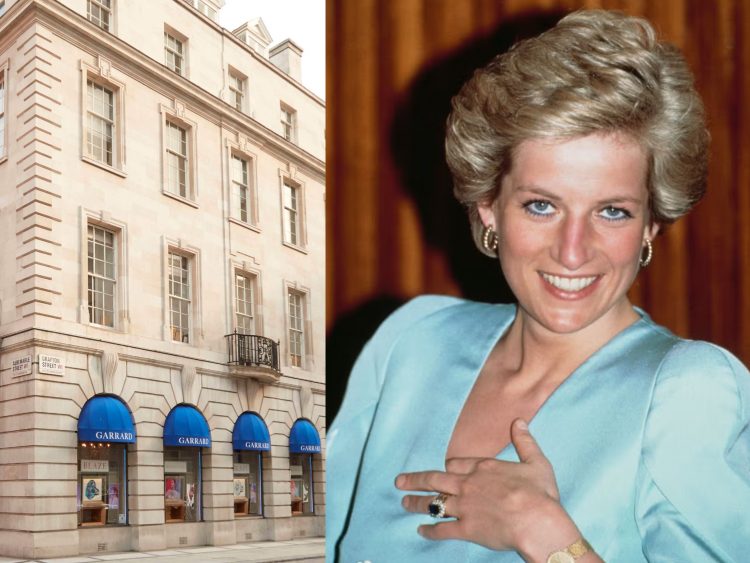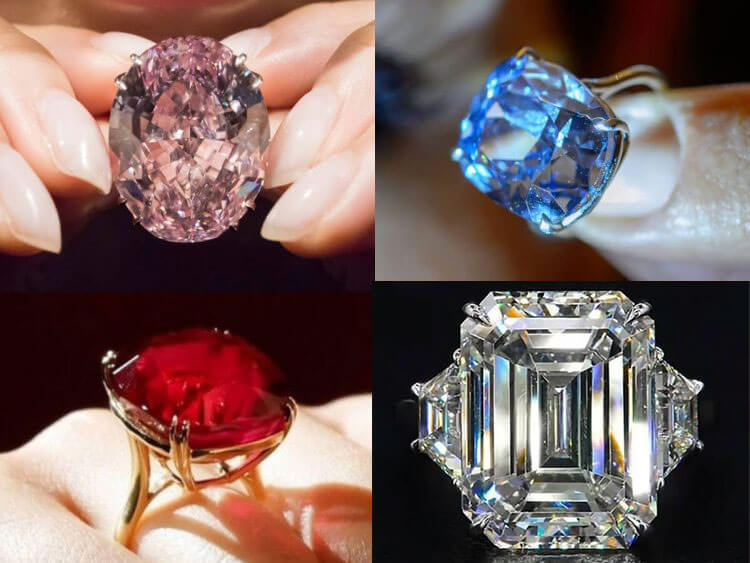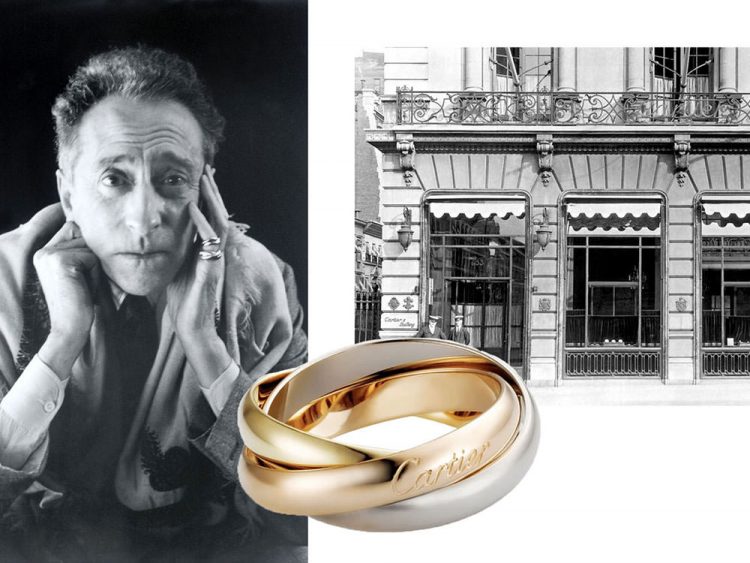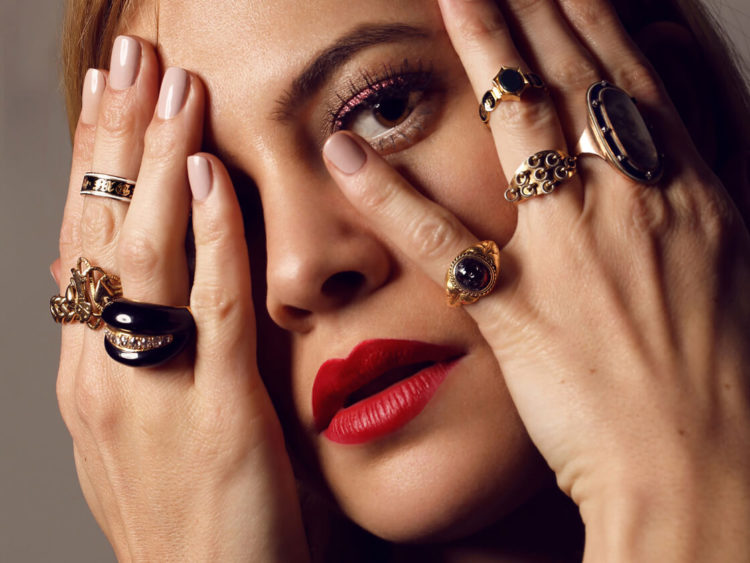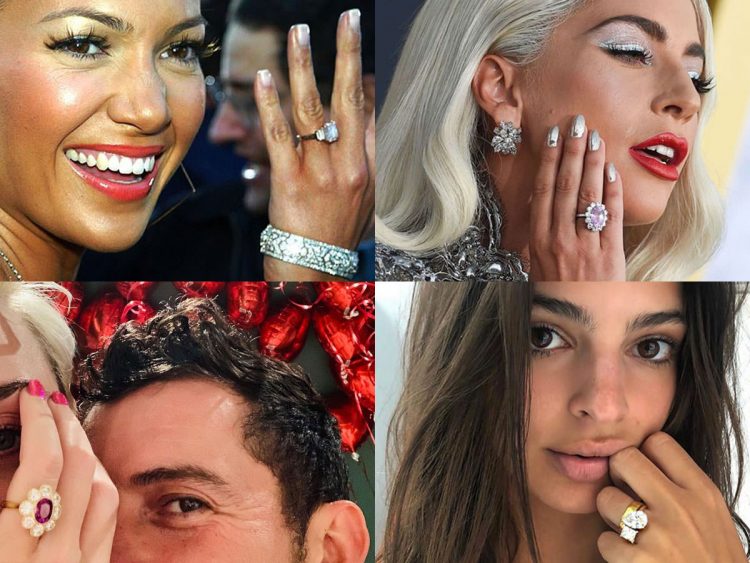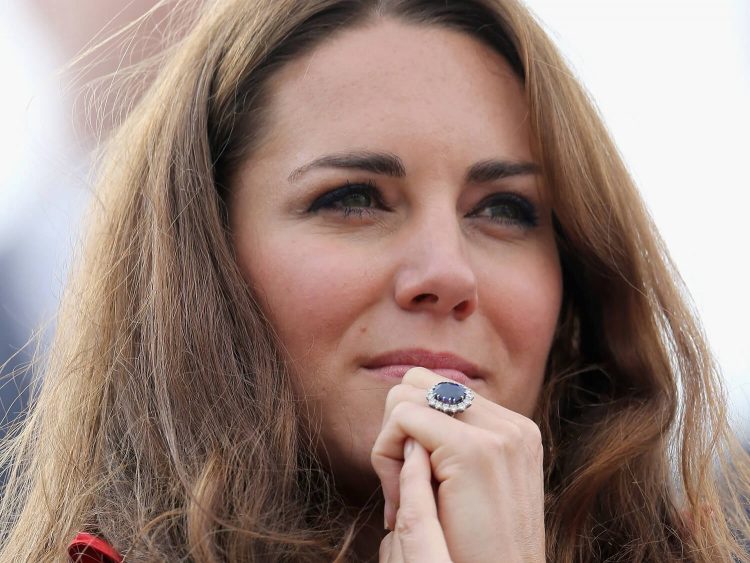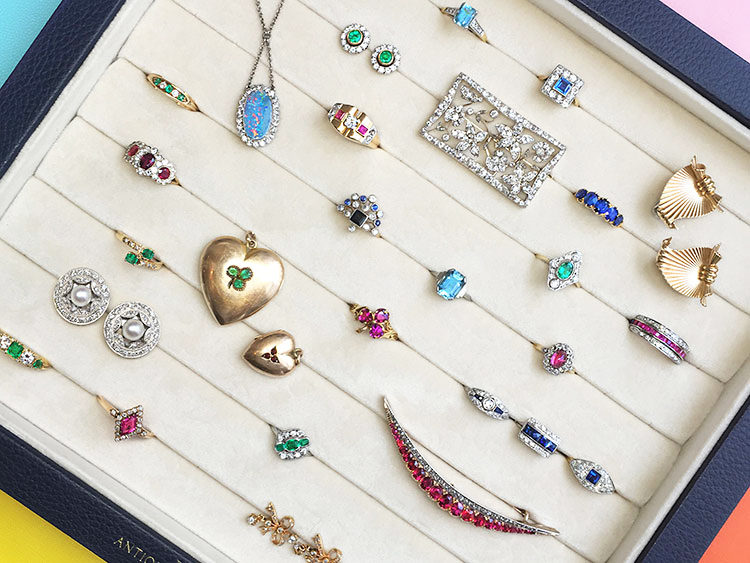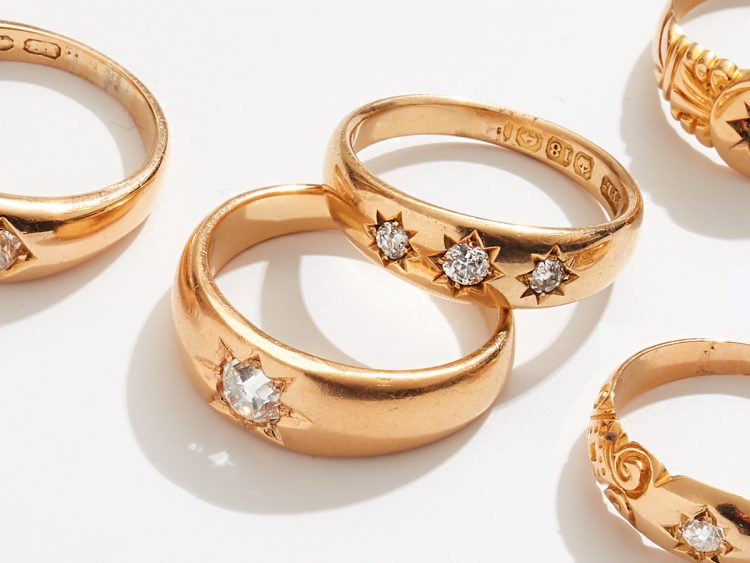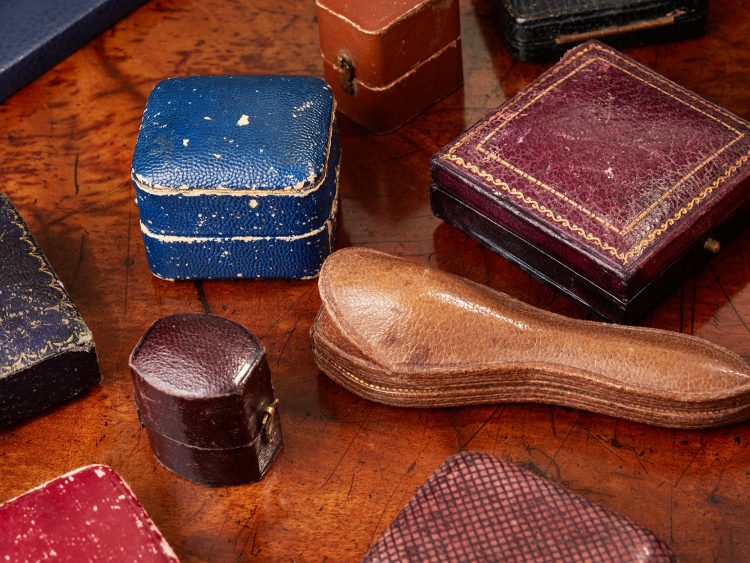-
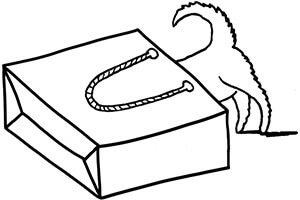
Your Shopping Bag is empty
A Guide to Georgian Jewellery
The Georgian Lifestyle
Named after the four King Georges who ruled in succession through this period, the Georgian era was prosperous and revolutionary, particularly in politics, art and architecture. Georgian jewellery was no exception.

Many of the great stately homes were built in this period. The English were gradually building an Empire that would span the globe. It was a time of Mozart, Gainsborough and the decorative aesthetics of Rococo, Neoclassicism, and Romanticism.
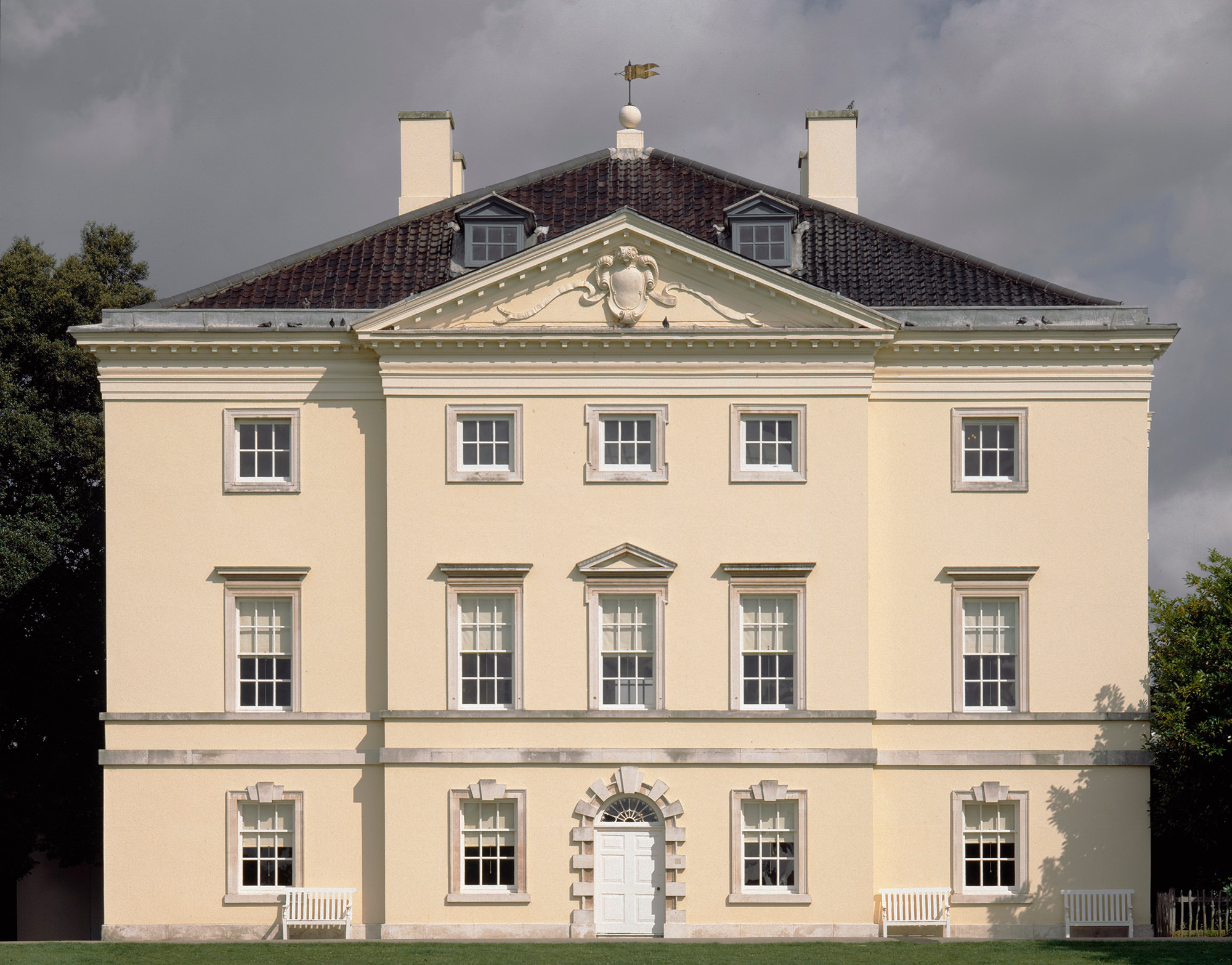
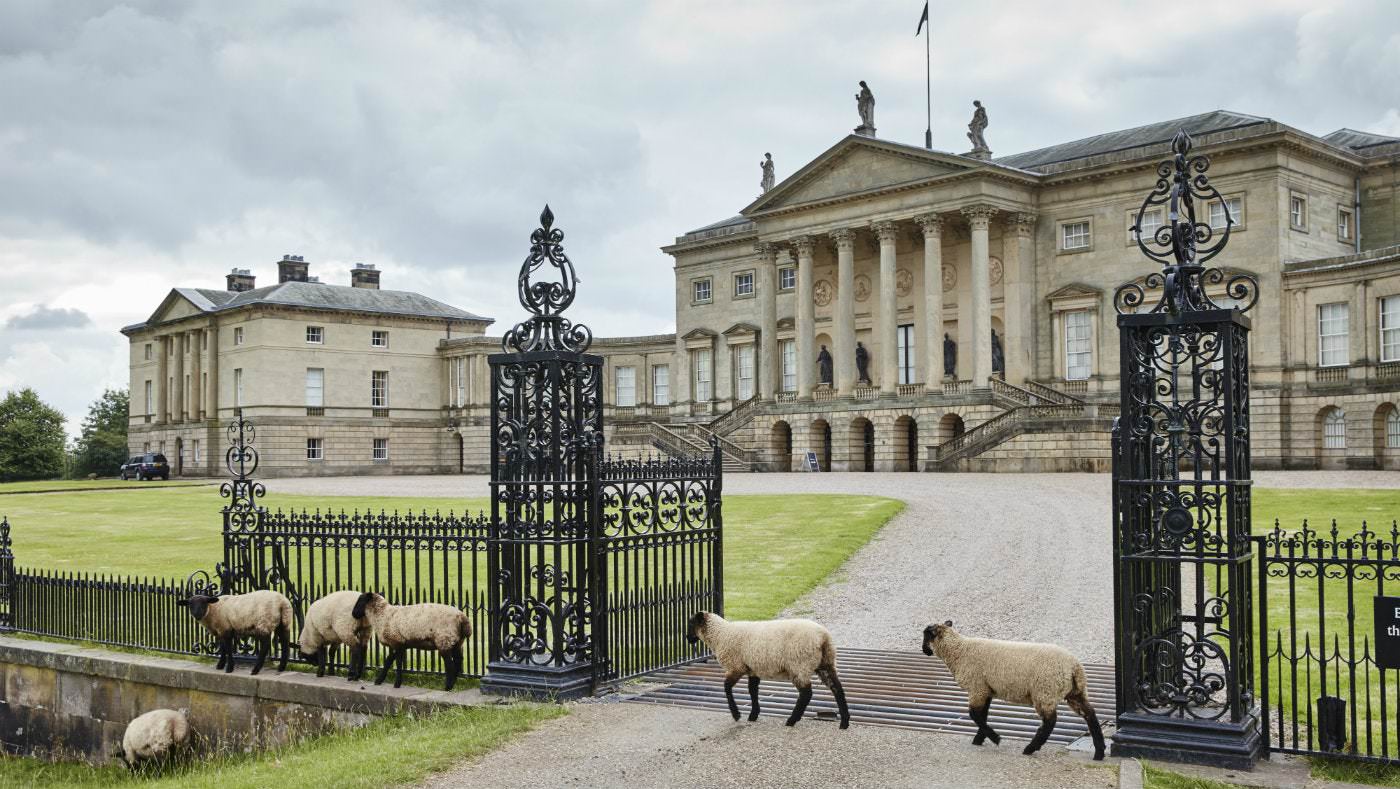
In America it was a period marked by a Revolution and George Washington; in France, Louis XVI and Marie Antoinette, the French Revolution and Napoleon; in Russia, the reign of Catherine the Great. All of this, combined with leaps in science and world exploration, the introduction of rail travel and a changing role for women in society created a rich and fascinating backdrop for Georgian jewellery.
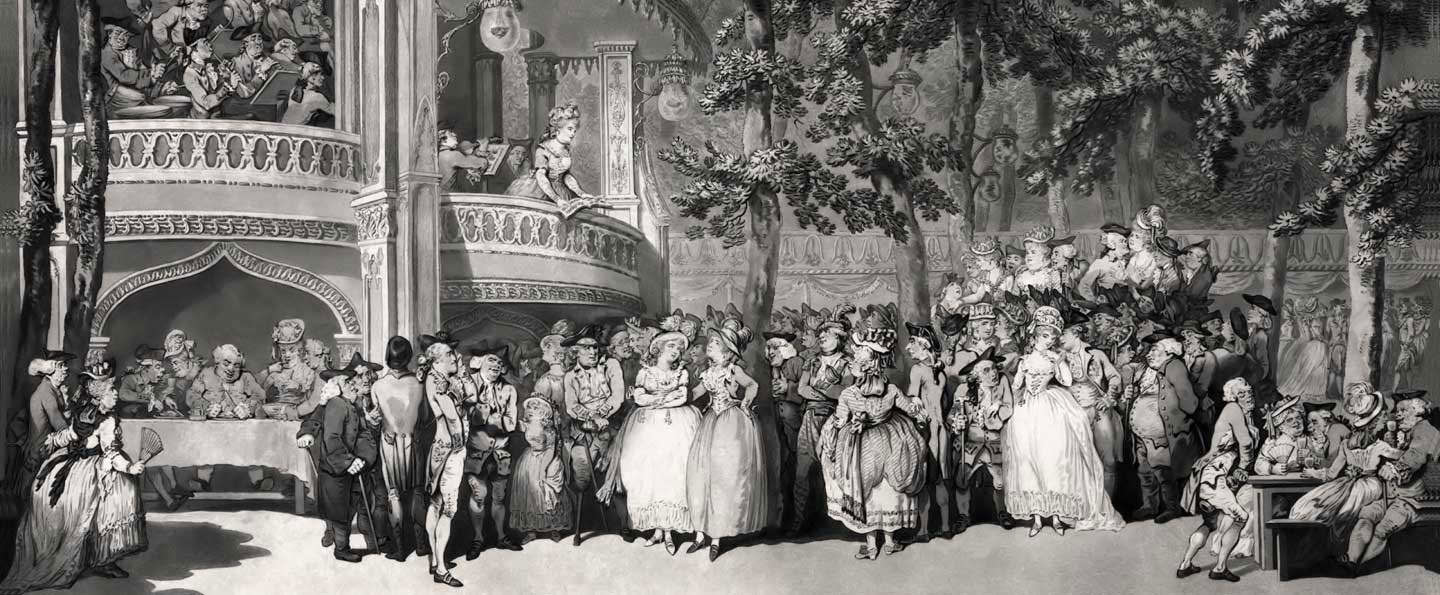
It was a time of excess and high society hedonism. Outlandish men’s fashions brought us the Macaronis and Incroyables of the era, with their bright, tight, exaggerated clothing and flamboyant hairdos. The upper class women’s fashion evolved from flamboyant corsets and bustling skirts to more demure Empire line dresses we know from Jane Austen’s characters, influenced by the stylish French and the fashion for all things Ancient Greece and Rome. Fashions and styles were shared internationally.
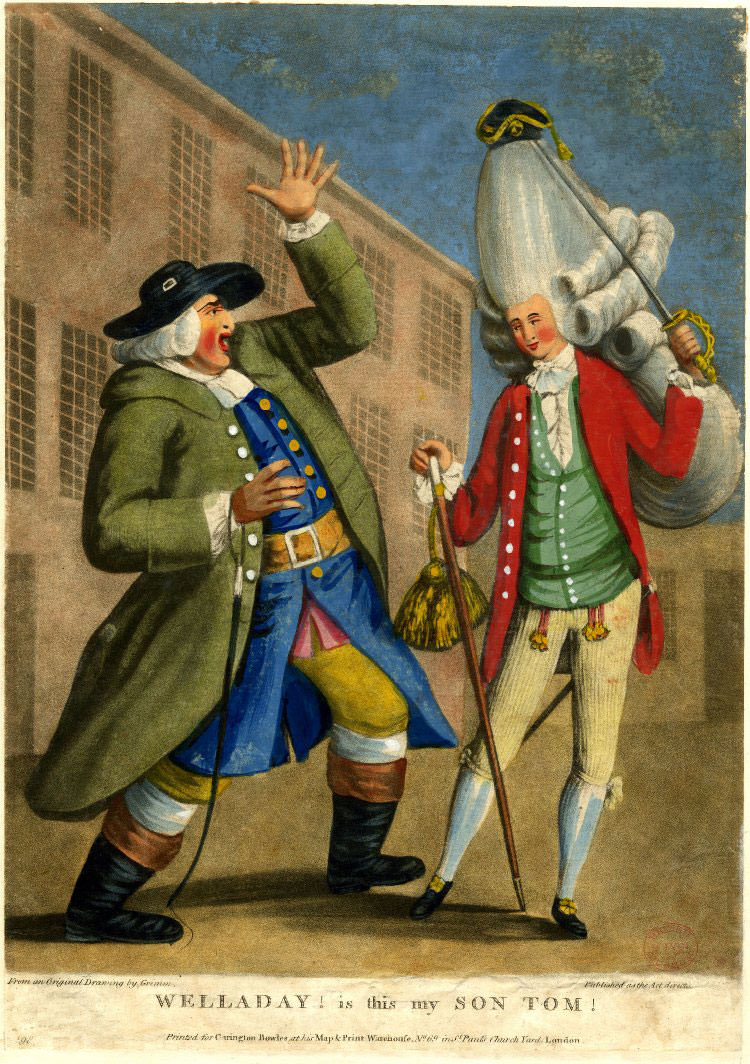
Features to look out for
Georgian jewellery is recognisable by a few stand-out features. It was painstakingly hand-made by skilled artisans, so gemstones and metalwork from this era are a little ‘rough around the edges’ compared with the neat craftsmanship of more recent eras. This also means that gold was not stamped with the gold karat weight, so it takes an expert to identify the best pieces.
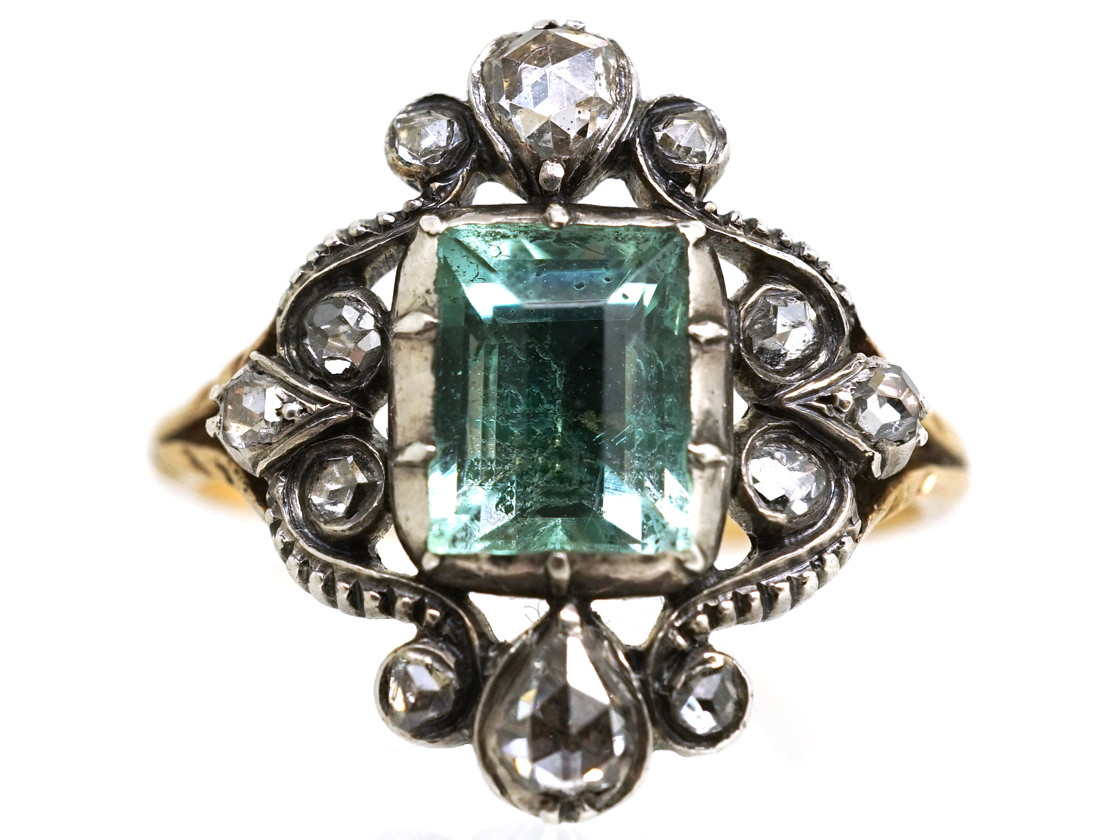
Styles were dramatic and ornate, thanks partly to intricate metalwork techniques such as repoussé (the hammering of metal into ornate designs) and cannetille (a method of working the gold wire to make it look woven).
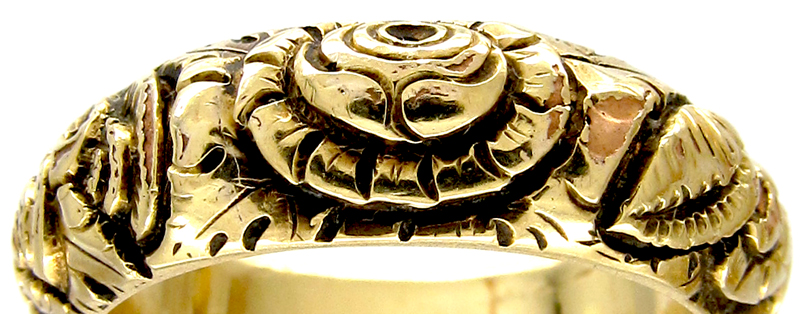
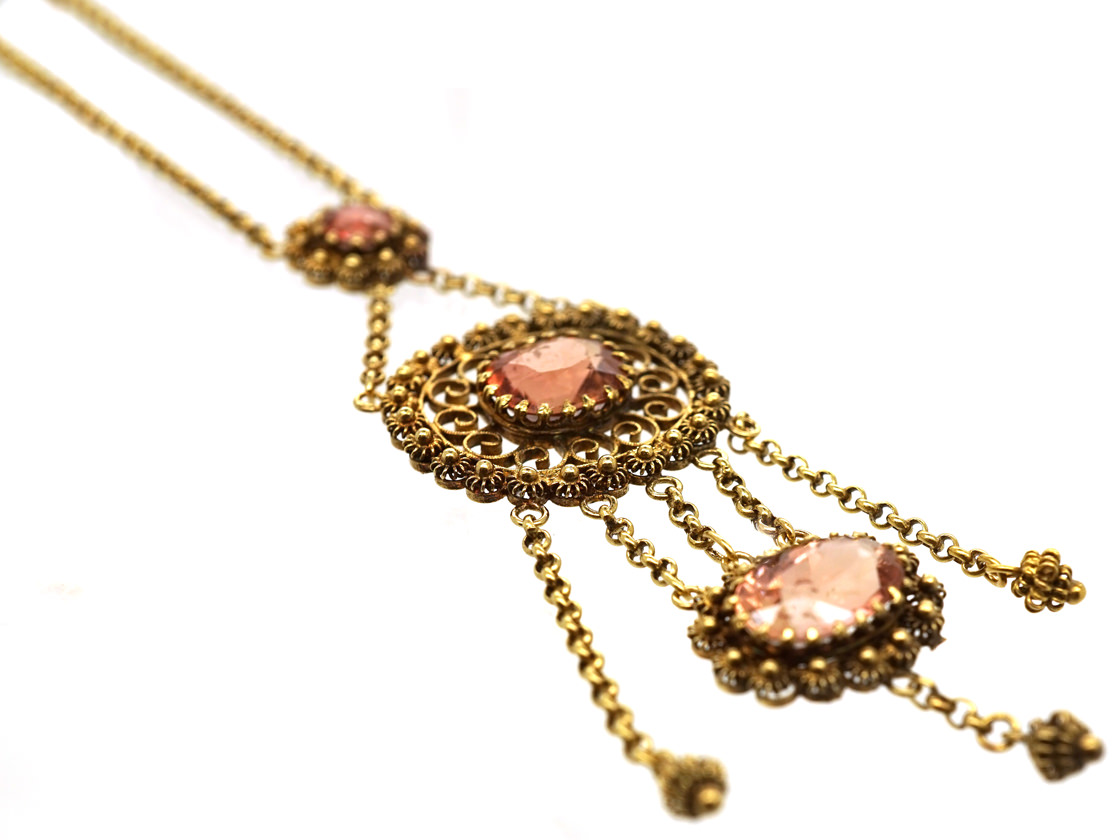
Silver, 18-karat gold (often in combination with silver) and pinchbeck, an alloy that was part copper and part zinc and was created to resemble gold, were often used around this time.
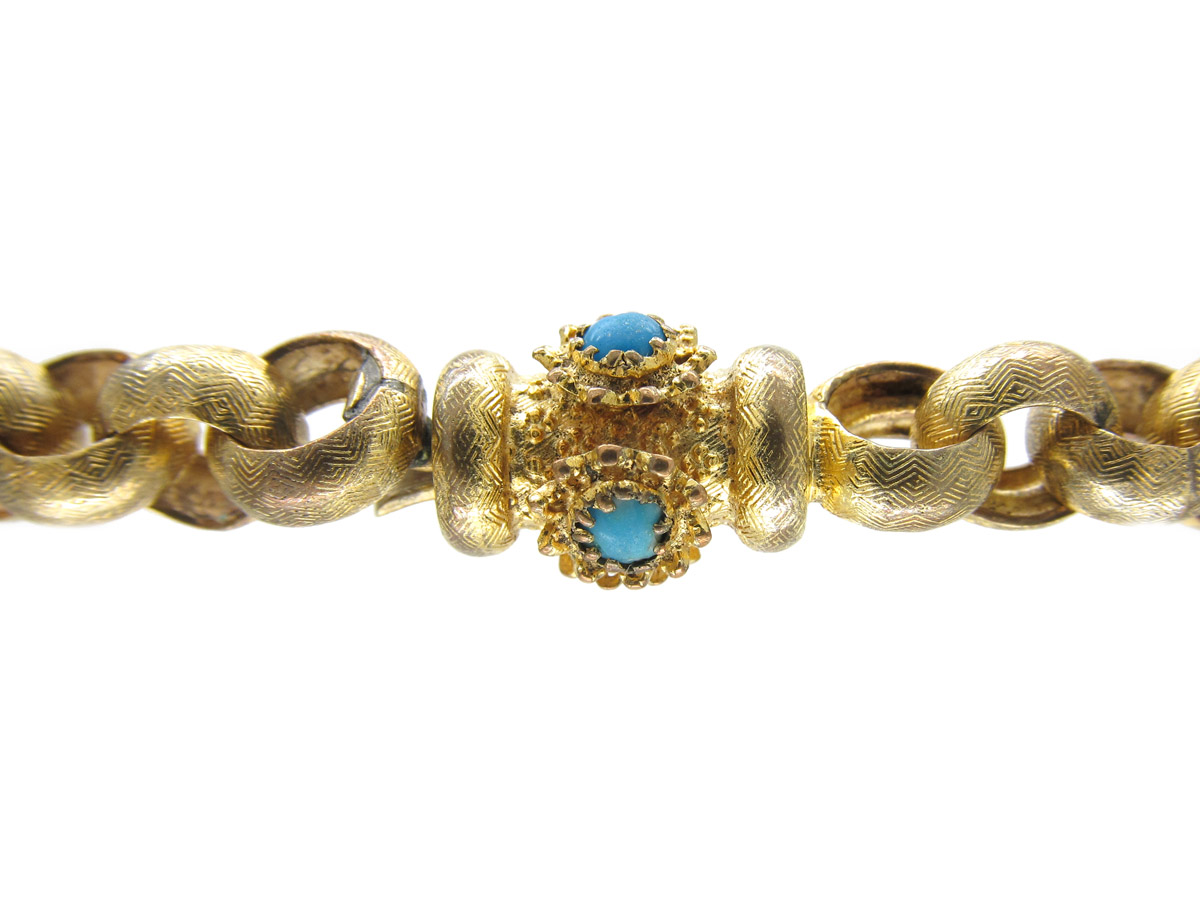
Germany and France funded wars by asking citizens to donate gold in return for steel or iron. As a result, some beautiful steel and iron pieces exist from the Georgian era. Known as “Fer de Berlin,” the German iron pieces were replicas of the owner’s original gold jewellery, and they were engraved with “Gold gab ich für Eisen,” which translates as “I gave gold for iron.”
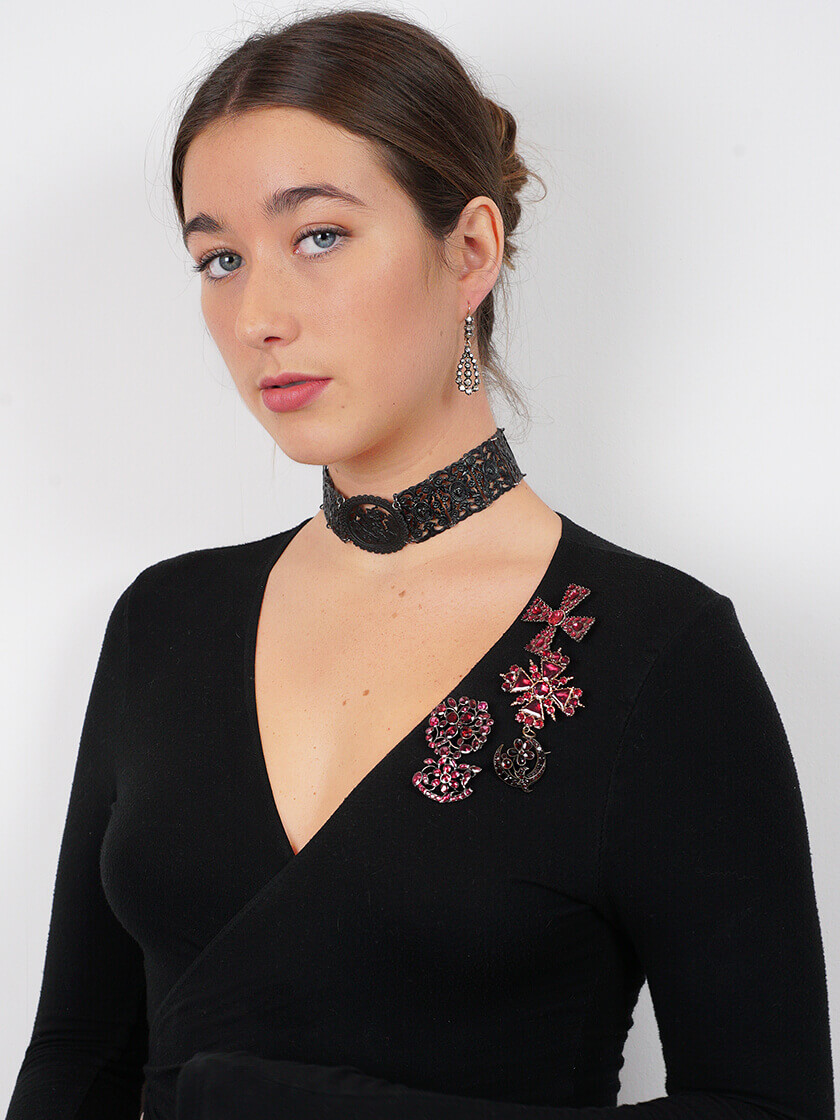
Gemstones
Pearls, sapphires, rubies and garnets were widely used in Georgian jewellery, often cut in the shape of a cabochon or teardrop. Rubies and pearls were a fashionable combination at the time.
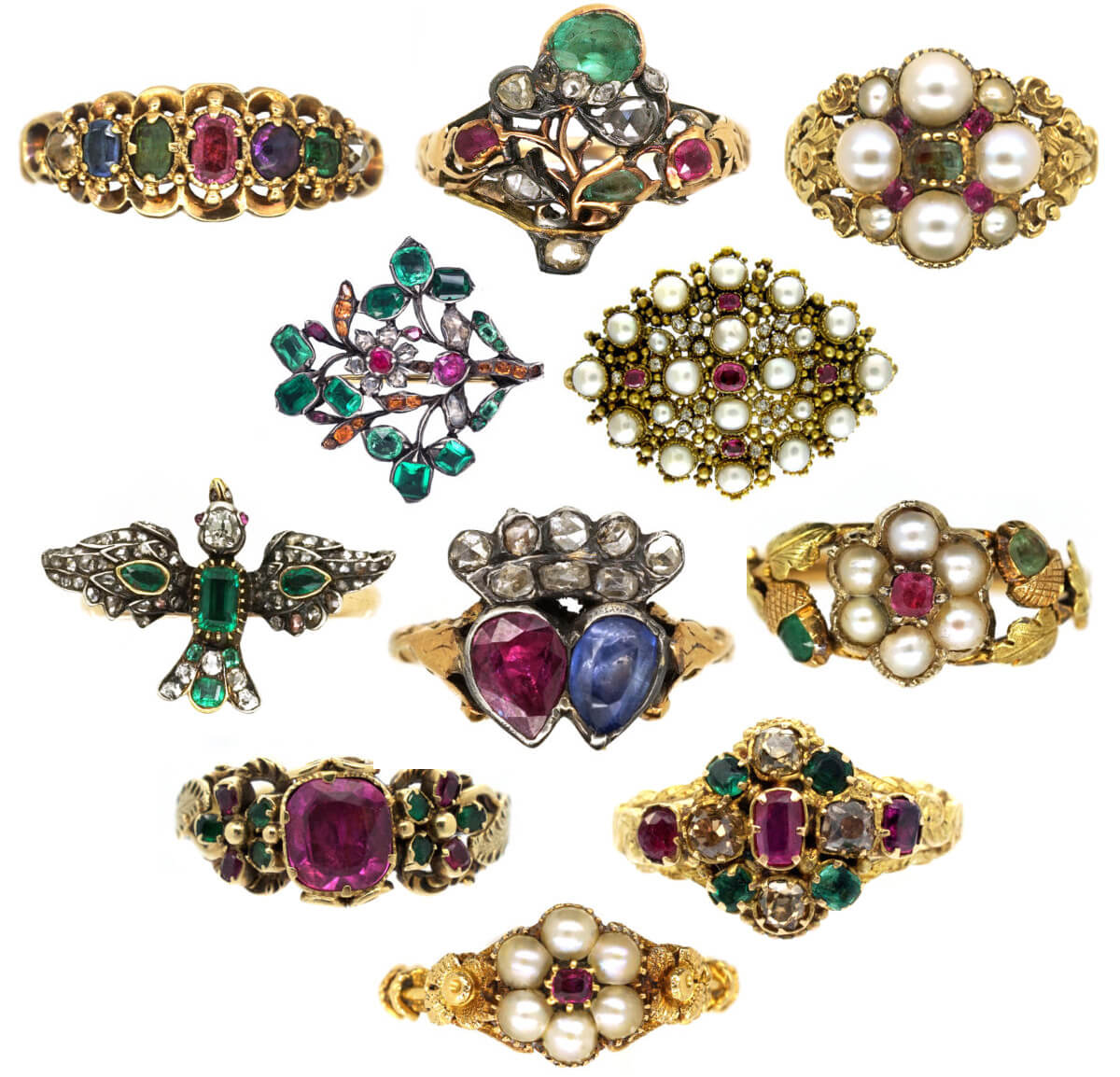
Popular cuts for diamonds included ‘rose cut’, ‘old mine cut’ and ‘table cut’. They lack the ‘sparkle factor’ of more recent diamonds due to less refined cutting techniques. Paste (cutting glass to mimic diamonds and other coloured gemstones) was an early form of costume jewellery, popular with the Georgian era lower classes and aristocracy alike.

Gemstones were regularly backed by foil during this period to provide another layer of luminescence and intensify colours. Closed back, foiled jewellery was therefore the signature style of the Georgian era for gemstones.
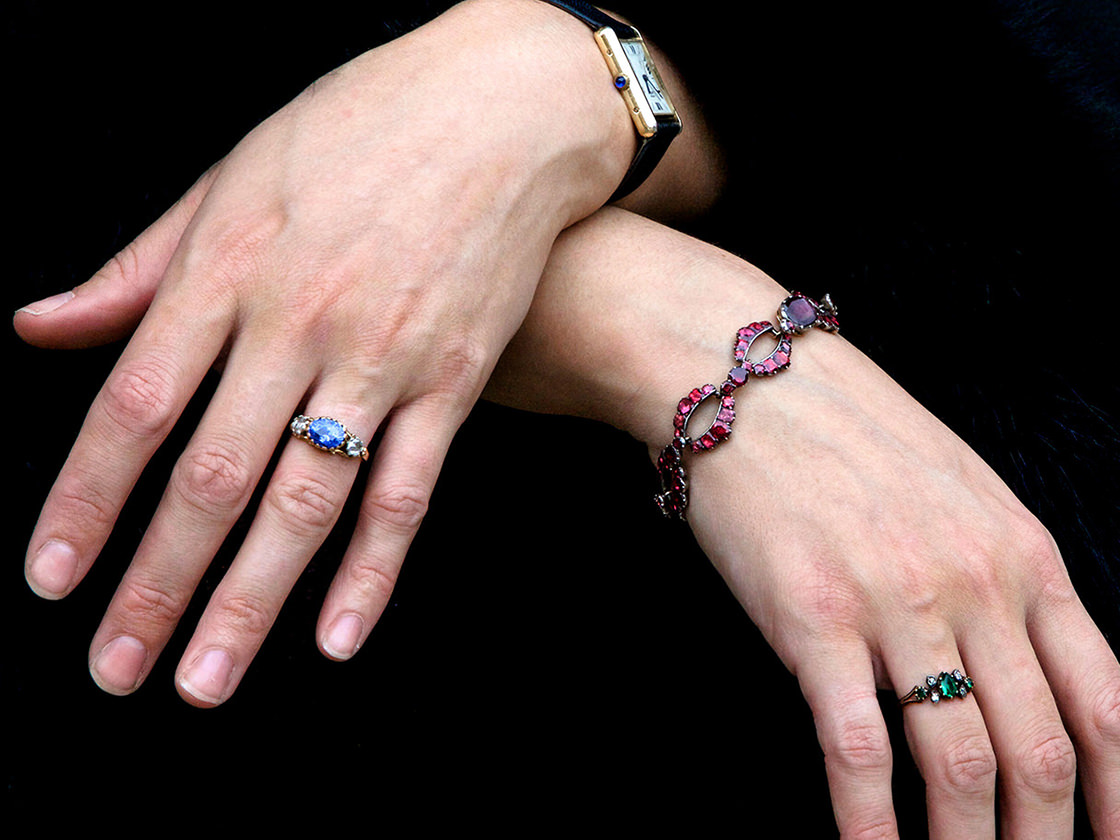
Symbolism & Motifs
The design style of Georgian jewellery was quite feminine in feel. Common motifs include flowers, plumes, birds, bugs and even human body parts such as hands or eyes. Portrait miniatures were popular, as was intricate hair jewellery.
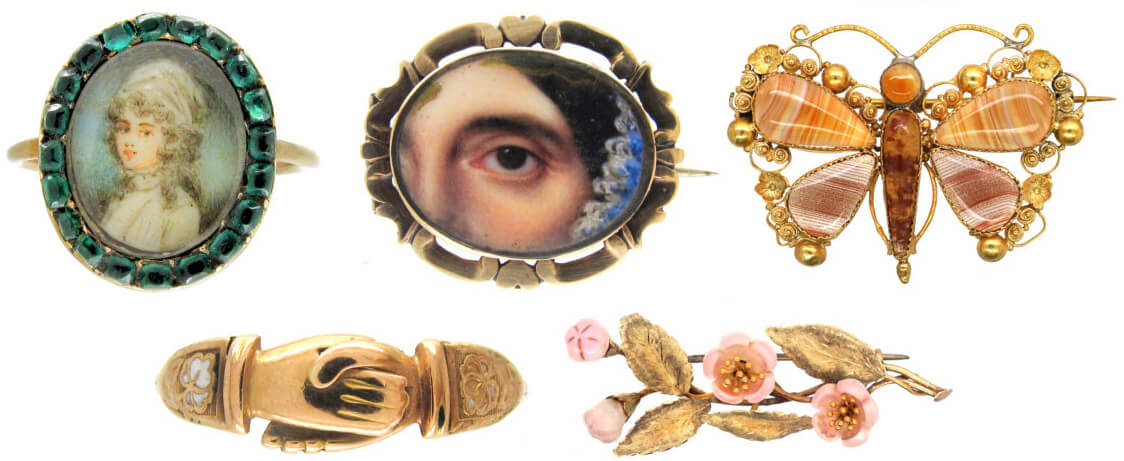
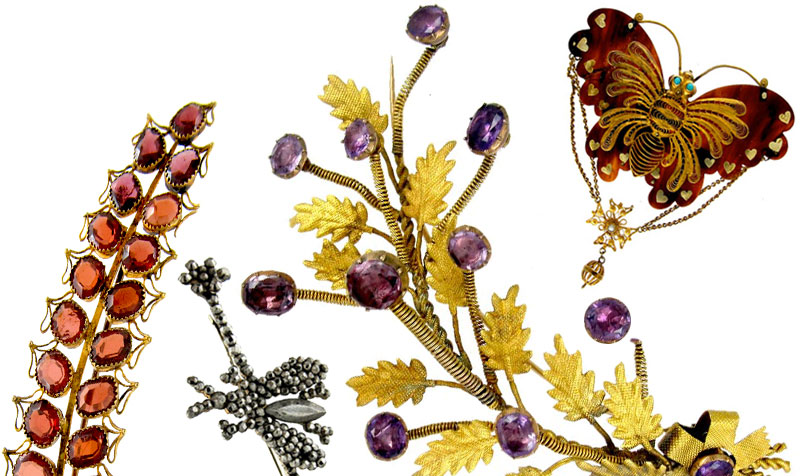
Tokens of love and remembrance, such as portrait miniatures, silhouettes and eye miniatures, were rife during the Georgian era. Jewellery featuring a lock of a child’s hair was a cherished keepsake for a mother. Women used their own hair to have mementos created for their children, for husbands and for lovers. In fact, by the end of the Georgian era complete suites of jewellery, including bracelets and necklaces, were woven entirely out of hair.
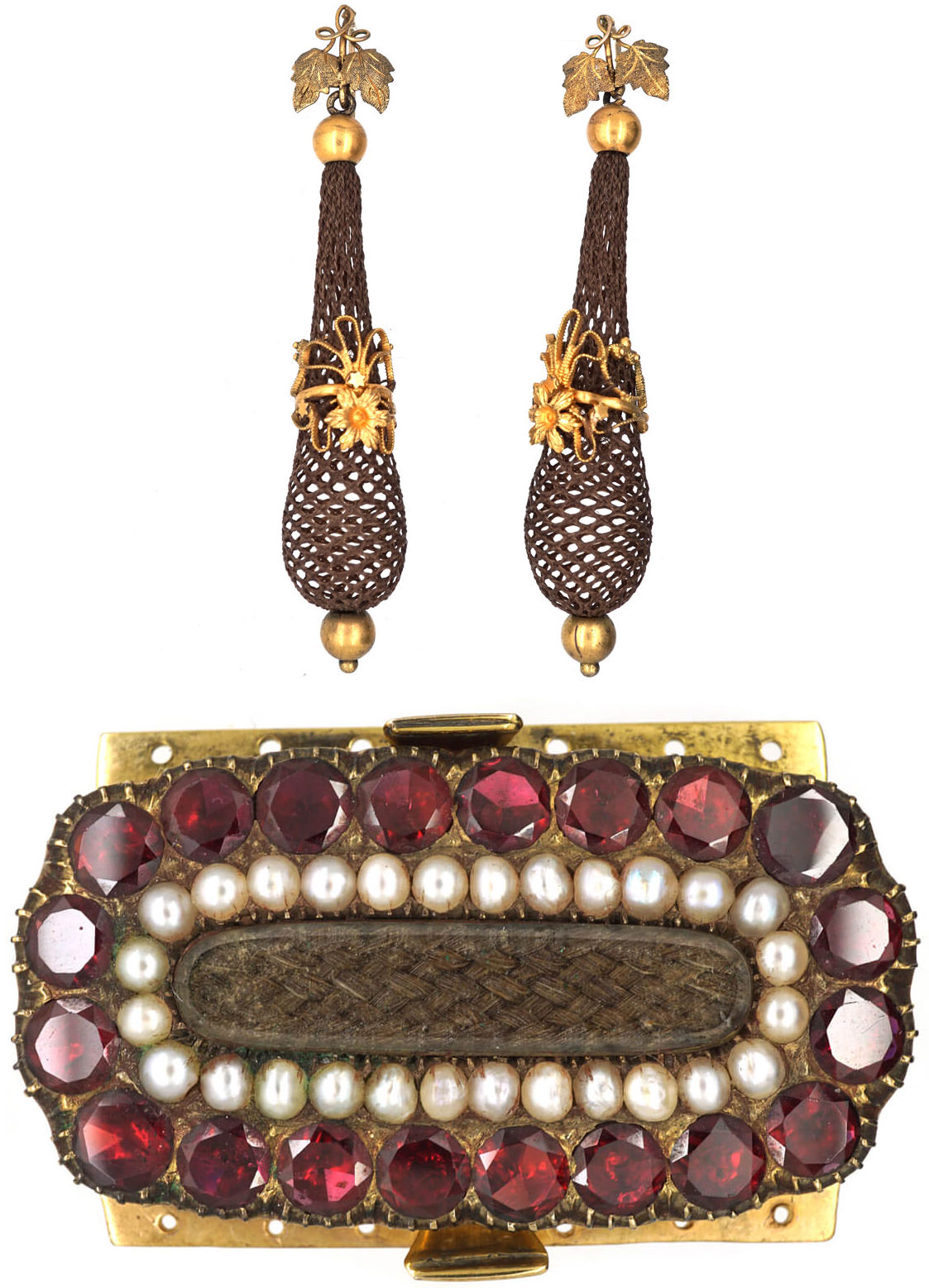
Mourning jewellery made its first appearance – more macabre than the sentimental Victorian revival of the style and decorated with images of skeletons, gravediggers and coffins.
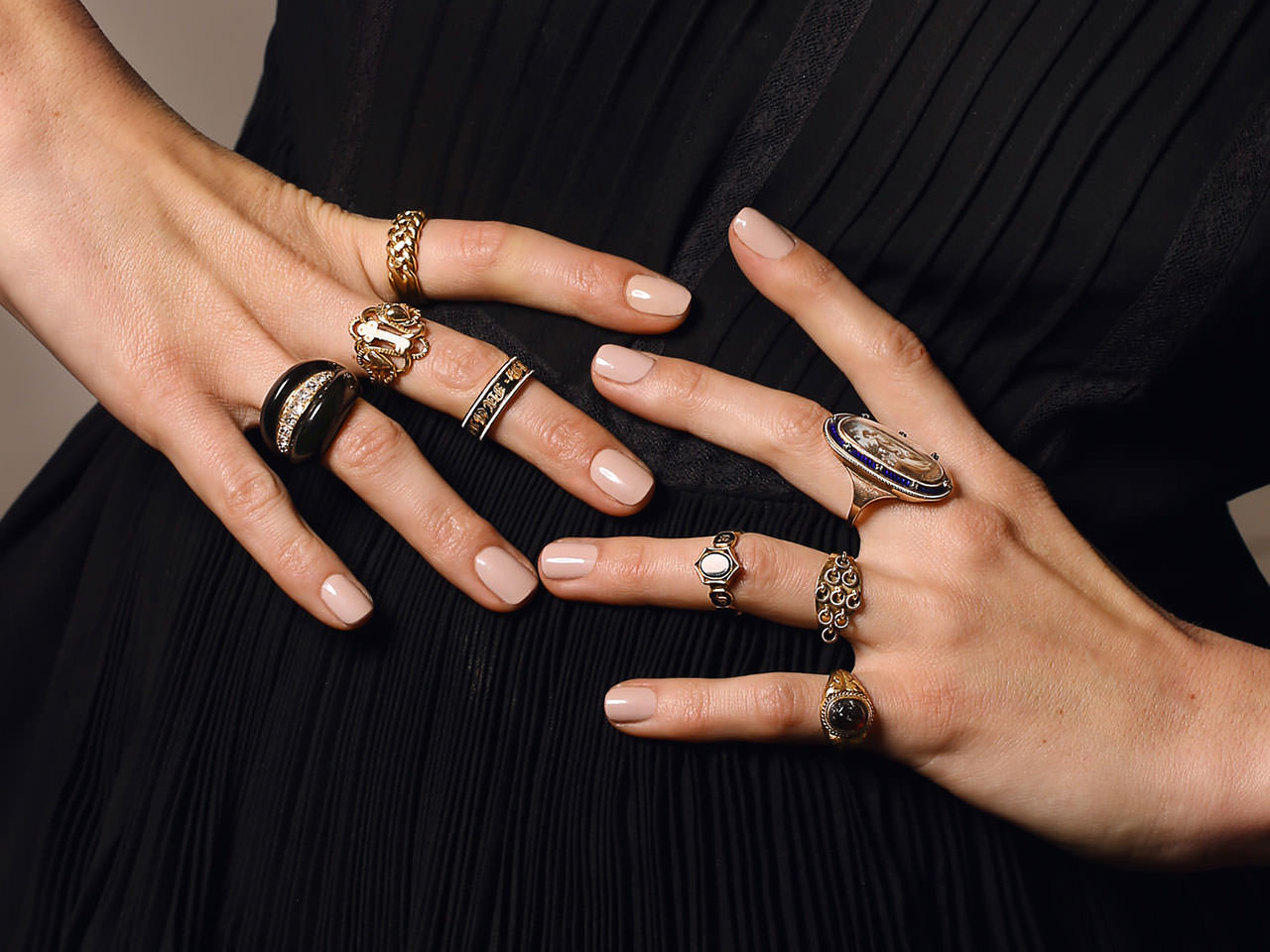
Popular Georgian Era Styles
The Georgian era saw a lot of dainty and symbolic stacking rings – an early echo of the contemporary stacking trend. Dig around to find beautiful acrostic rings and rings with hands clasped or holding a flower – all typical of this time. Another popular style for rings was a large, central stone surrounded by smaller ones.

Girandoles and pendeloque earrings were very much in fashion – cascading chandelier styles, exposed in all their glory by the pinned up hair styles that were fashionable at the time.
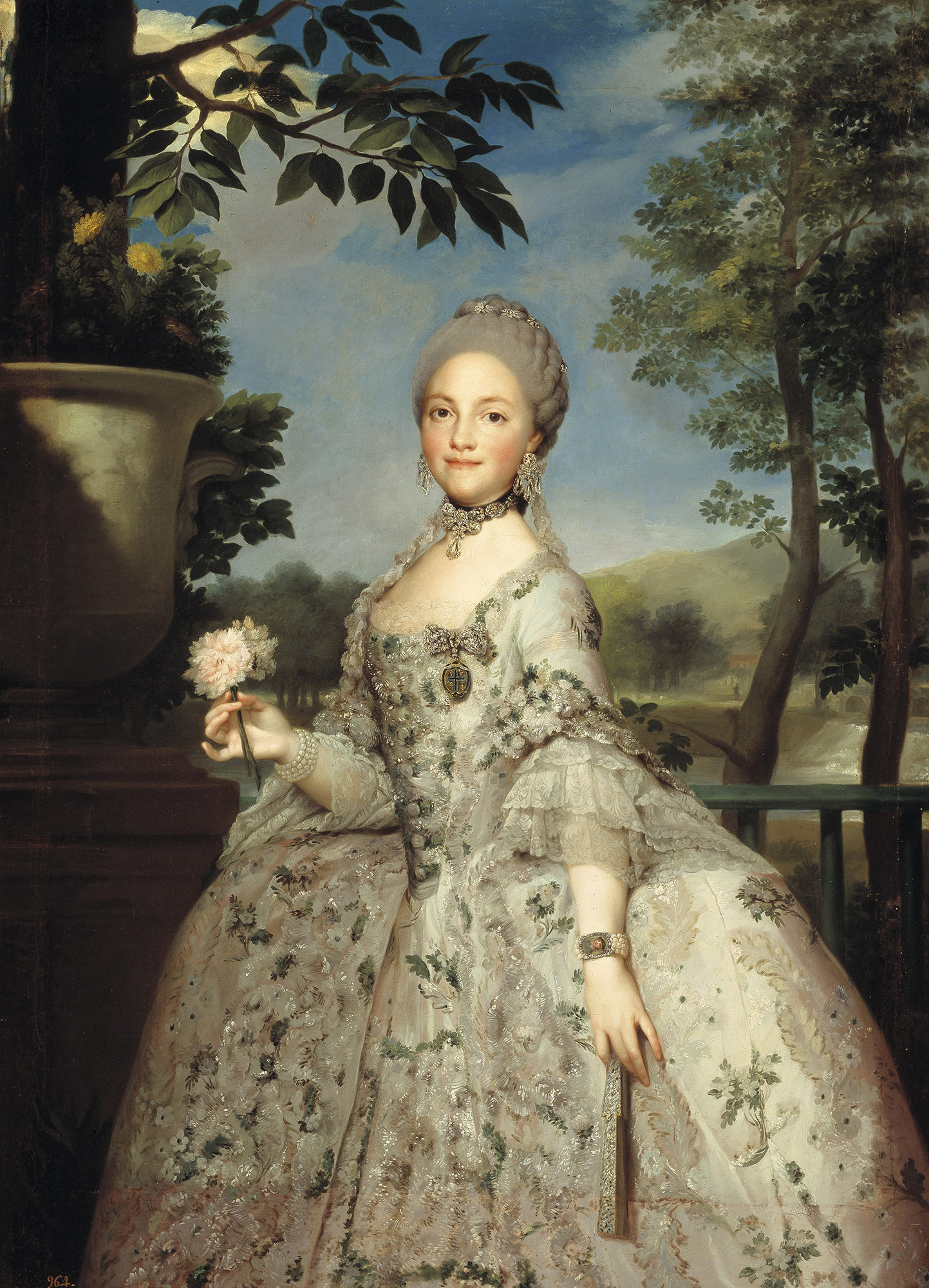
In the evenings, rose cut and mine cut diamonds were out in force. The diamond rivière (river of light) style of necklace was created to show them off, forming a shimmering circle of large gemstones around the neck, often suspending a matching, detachable pendant.
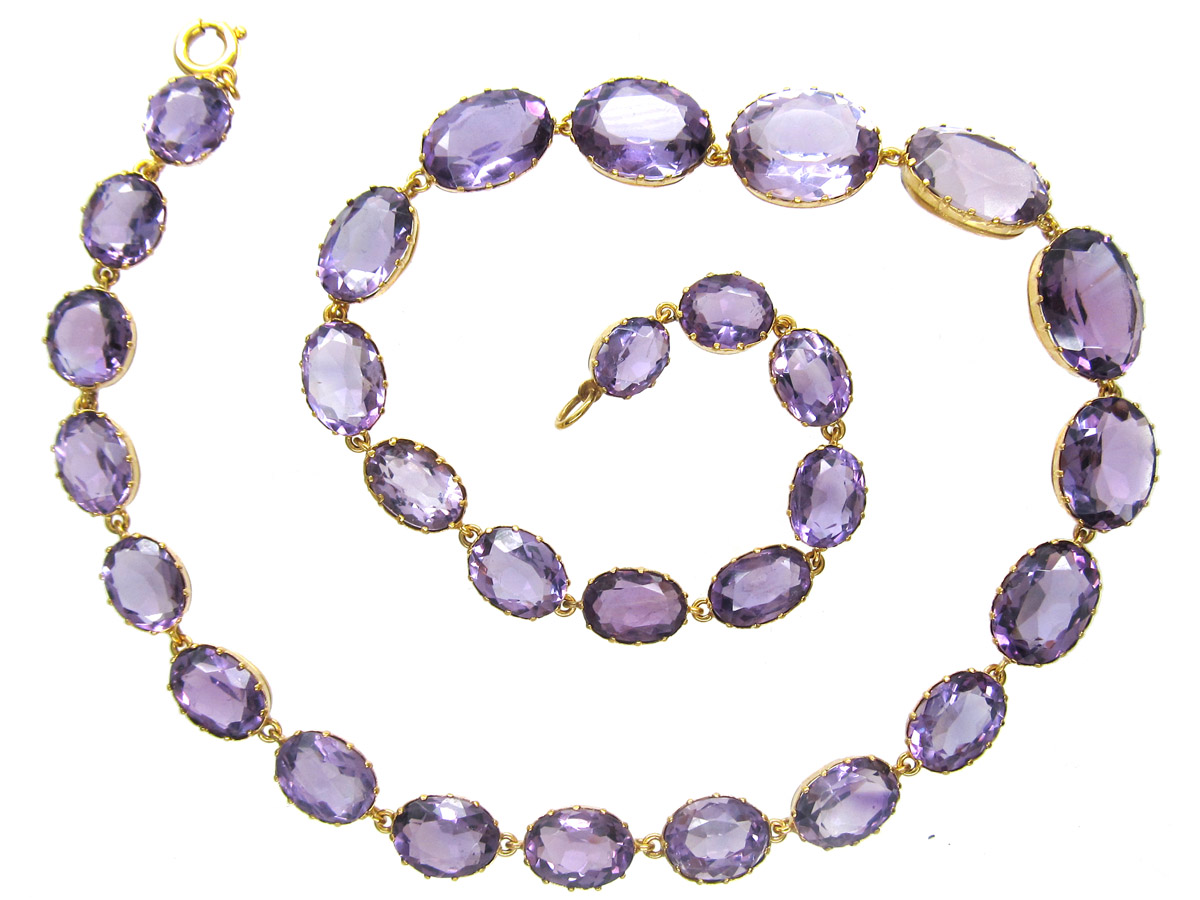
Early ribbon ‘choker’ necklaces were gradually replaced by cascades of gemstones round the neck, designed to decorate the ever-lower décolletage of ladies’ necklines.
Parures – or sets of jewellery pieces, each designed to compliment the others with matching gemstones or a common themes – often included as many as sixteen items of jewellery. A parure was an essential item for fashionable ladies.
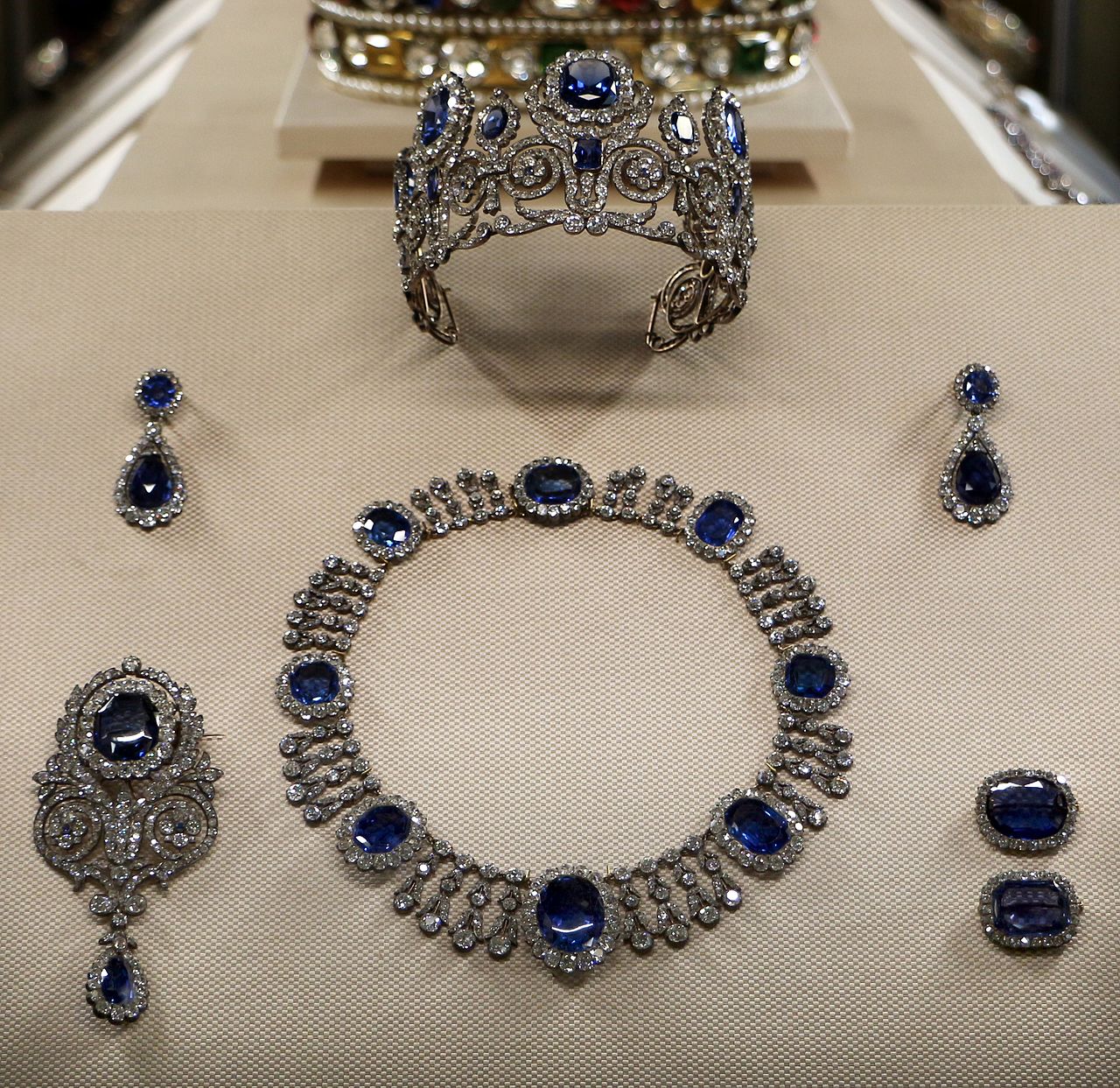
Jewellery with multiple purposes were popular – for example, a pendant might form part of a brooch. Brooches evolved through the era from demure gemstone bouquets or giardinetti to more spectacular bouquets set en tremblant.
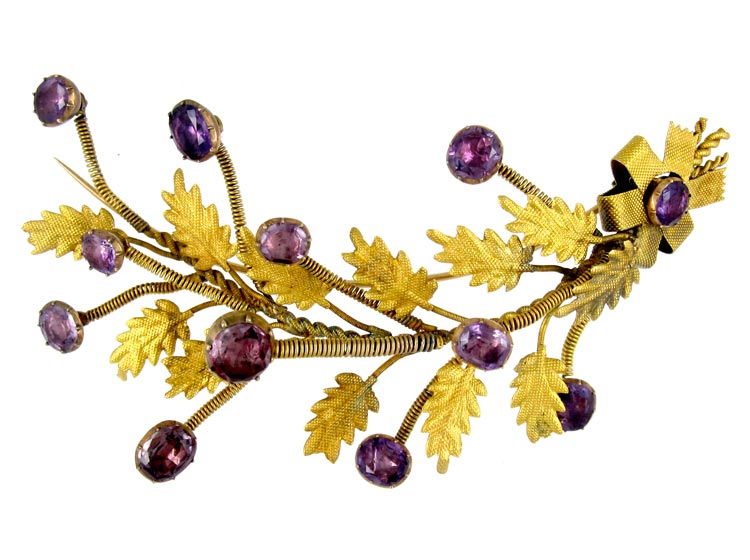
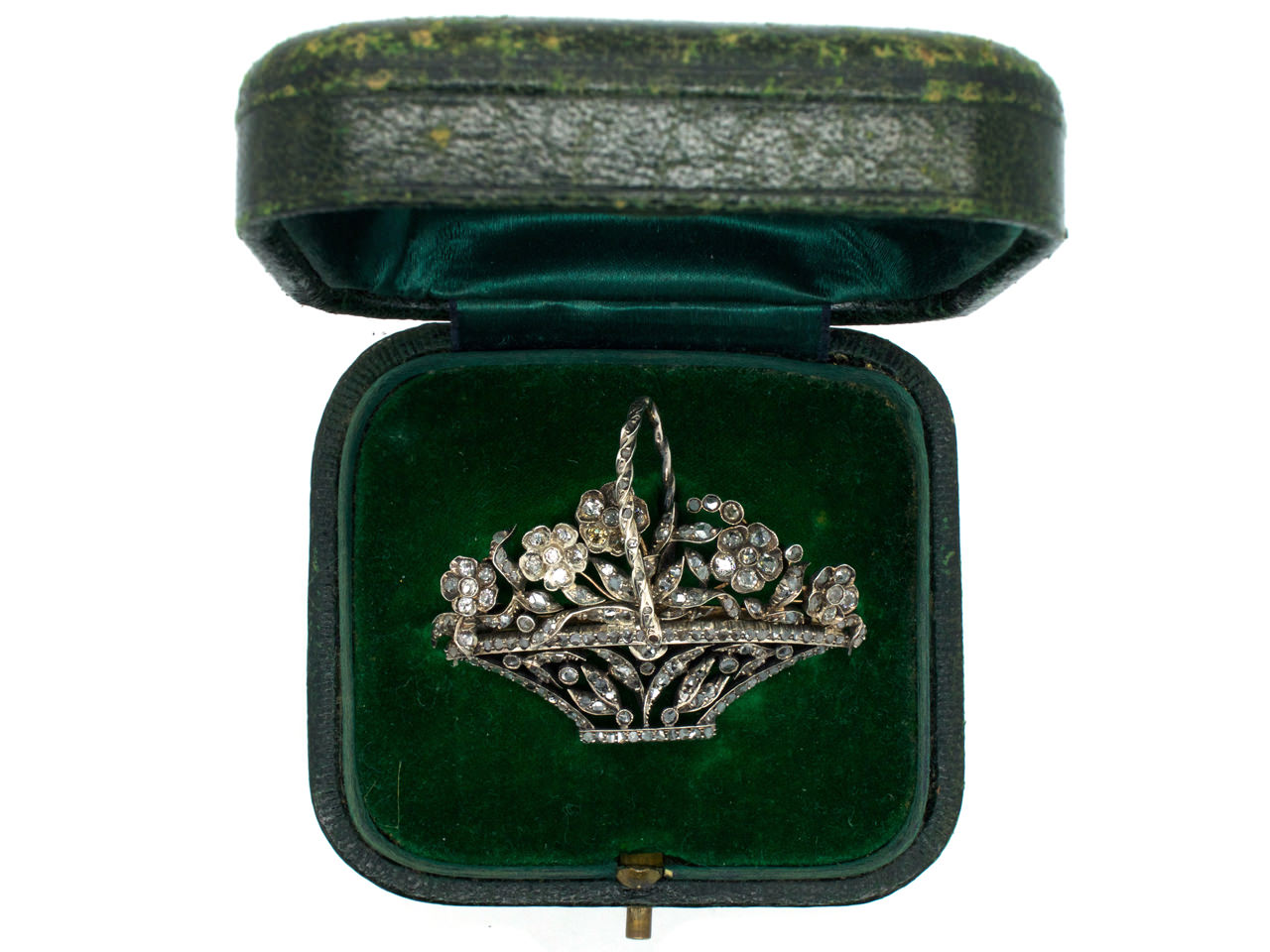
The Georgian era chatelaine – a chain from which essential daily items were dangled – was a very early incarnation of the modern handbag.
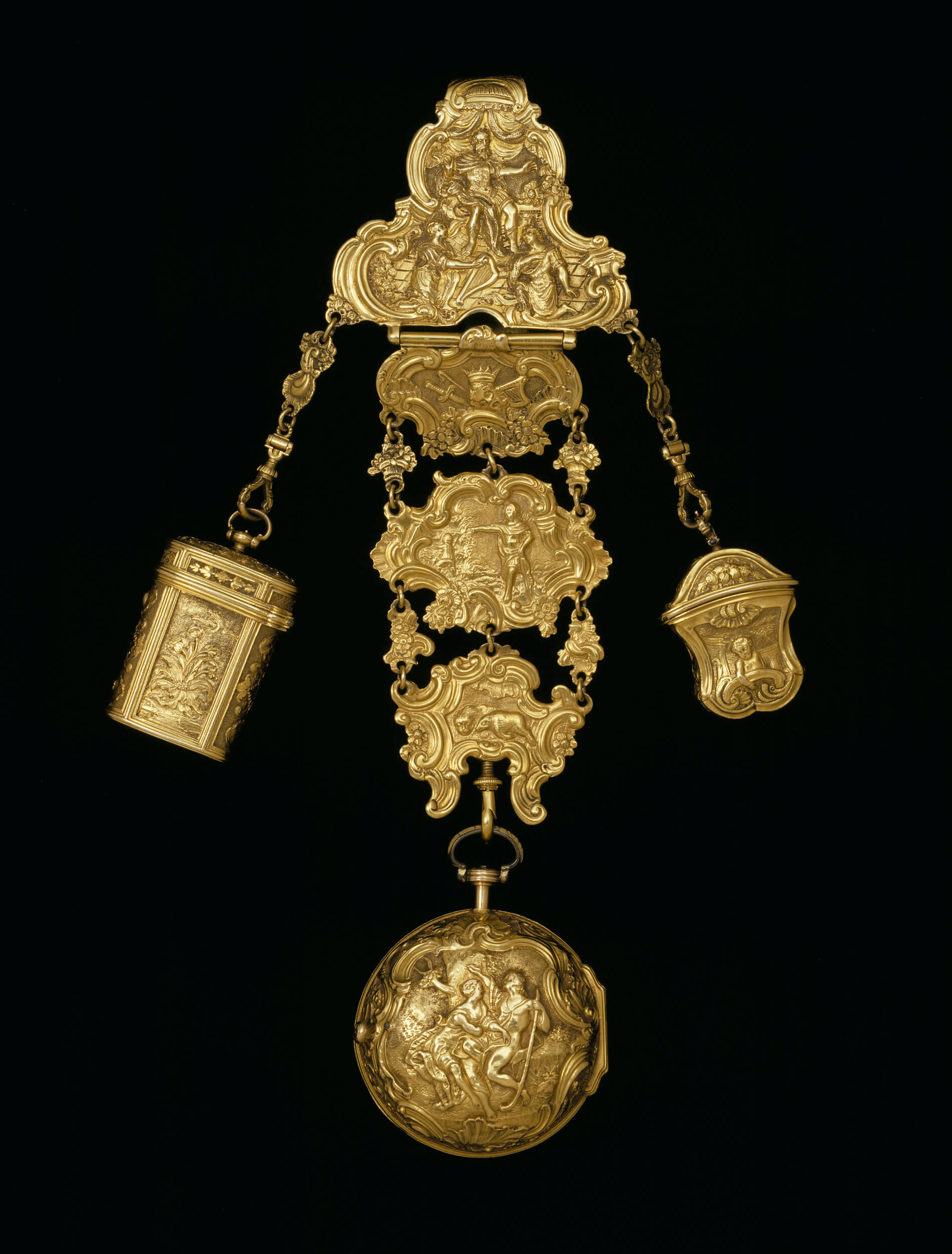
Towering hairstyles required fabulous headpieces to match. Tiaras, bandeaus, aigrettes, combs and hairpins were created using gemstones and any other material that caught the light and the eye.
Georgian gentlemen would invariably sport an extravagant pair of shoe buckles and buttons studded with diamonds, paste and gemstones.
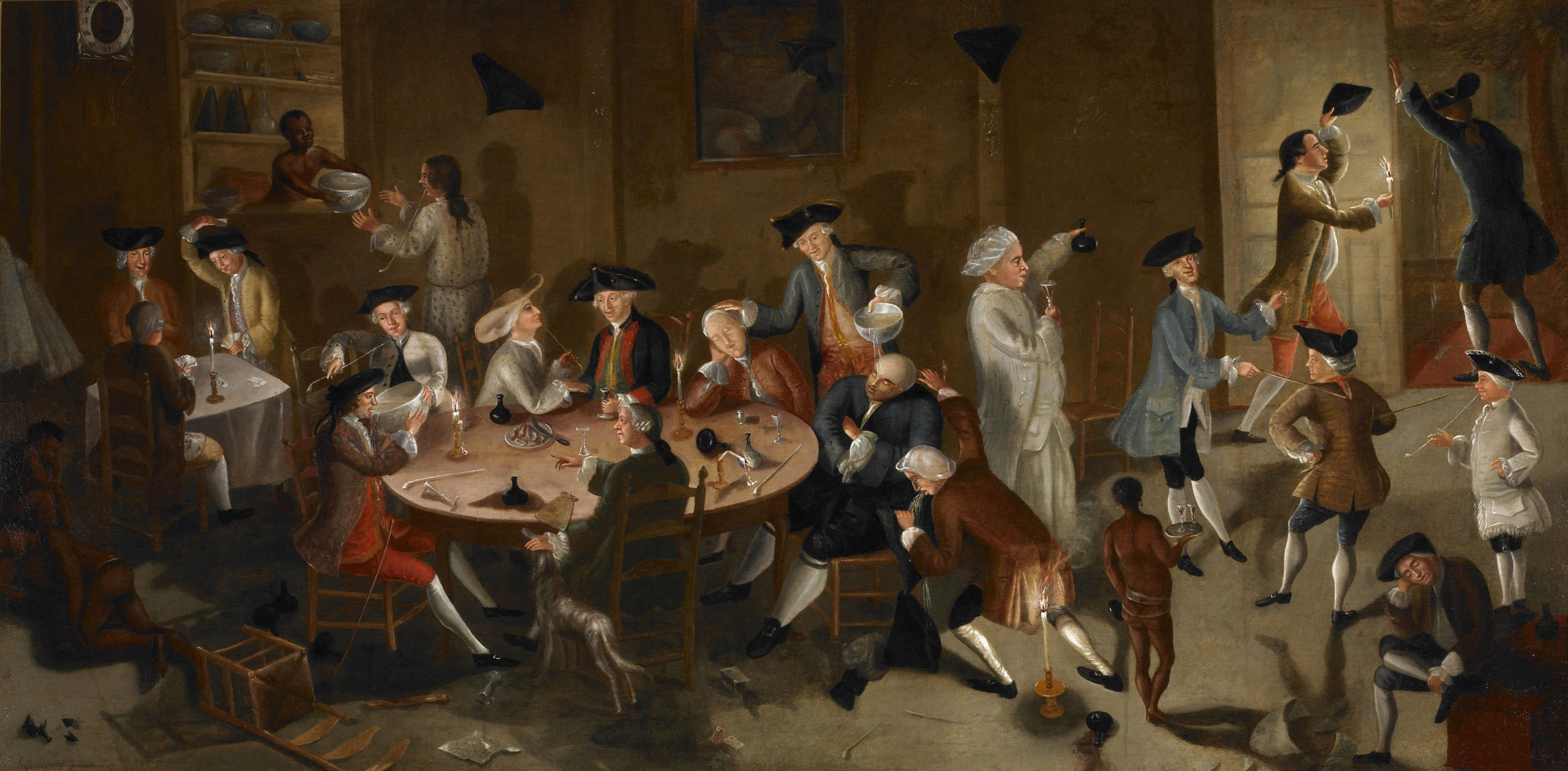




 Free Worldwide Delivery
Free Worldwide Delivery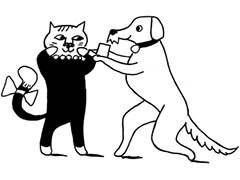 View All
View All
 Diamond
Diamond
 Sapphire
Sapphire
 Emerald
Emerald
 Ruby
Ruby
